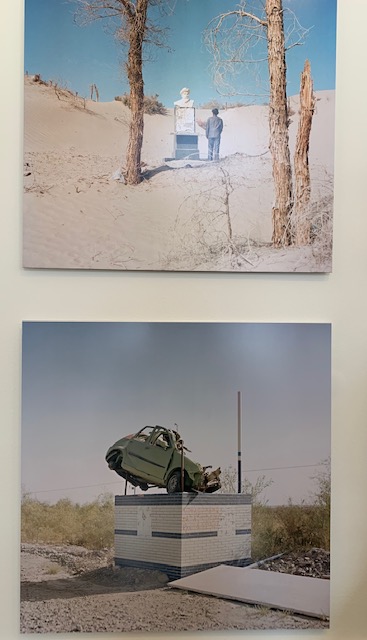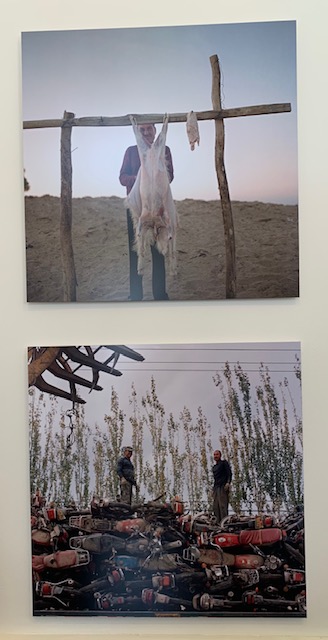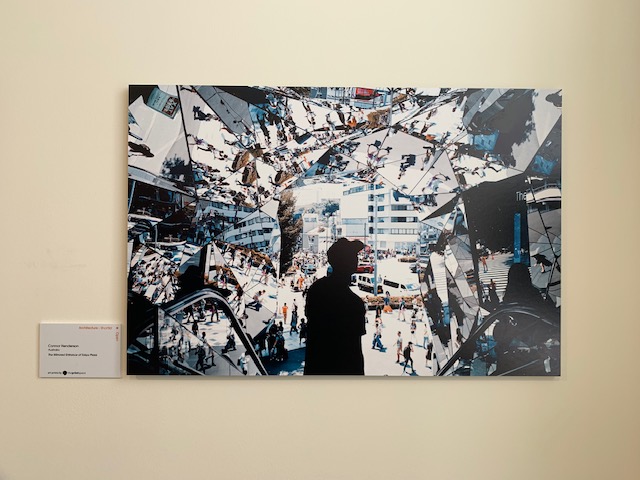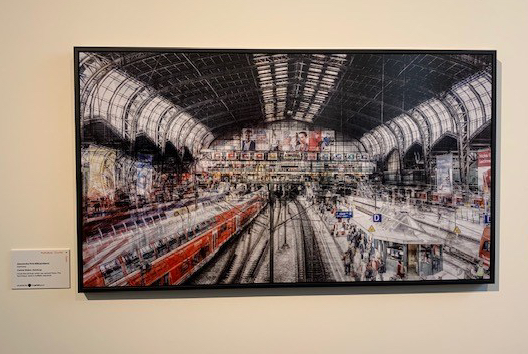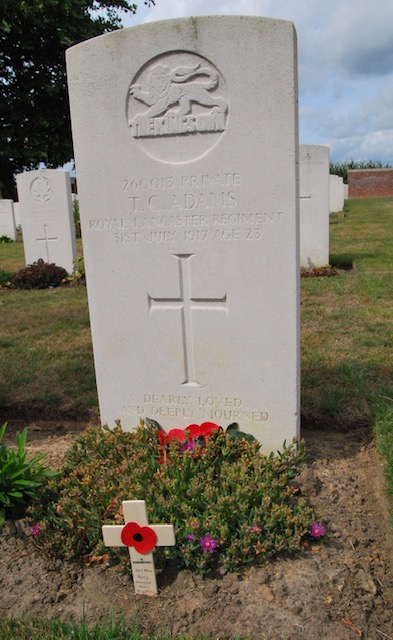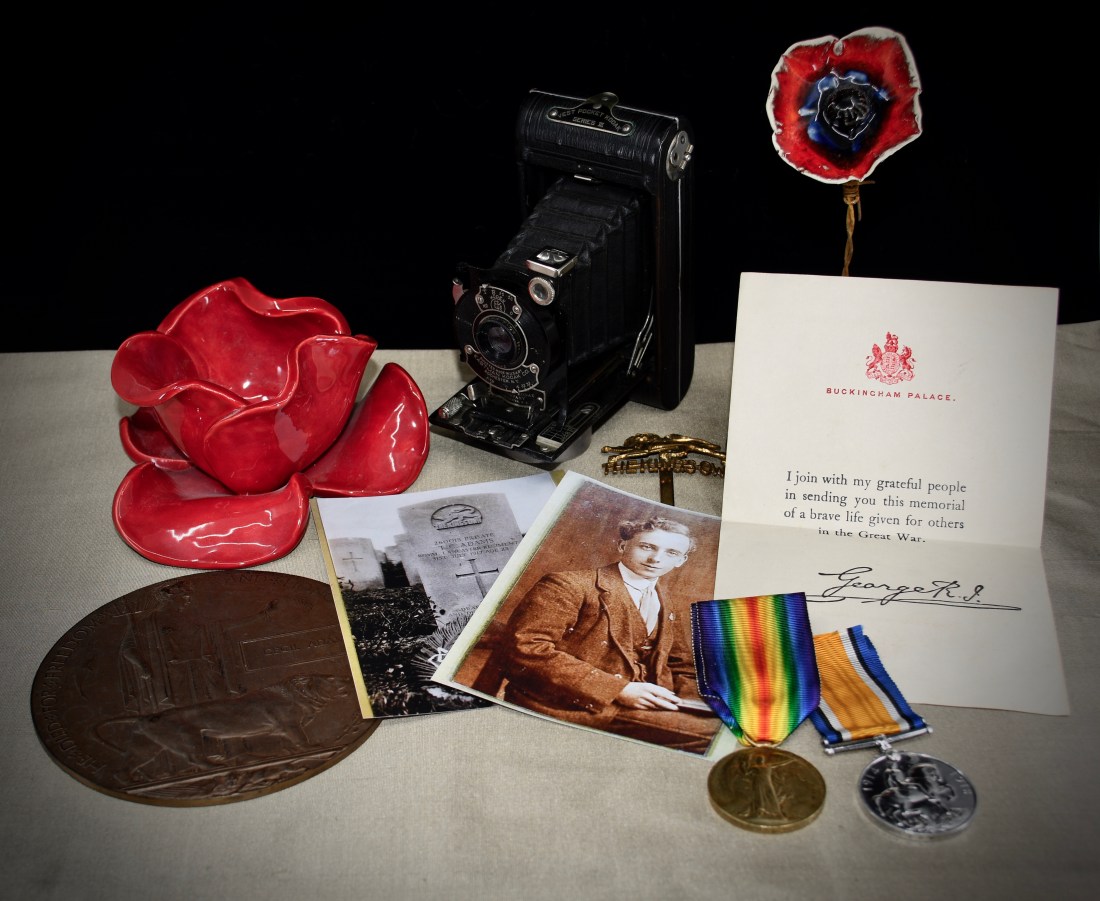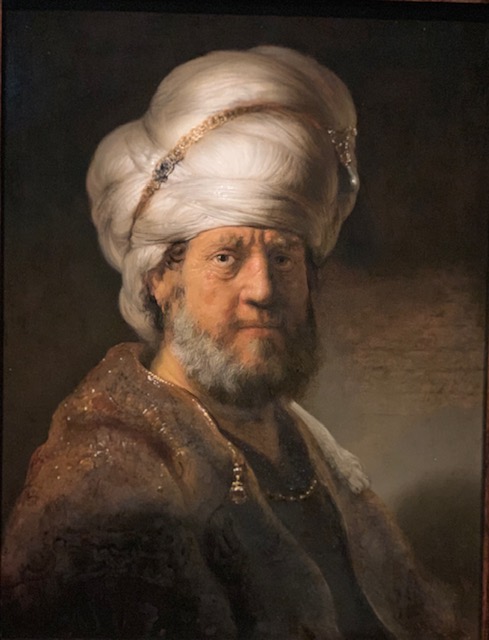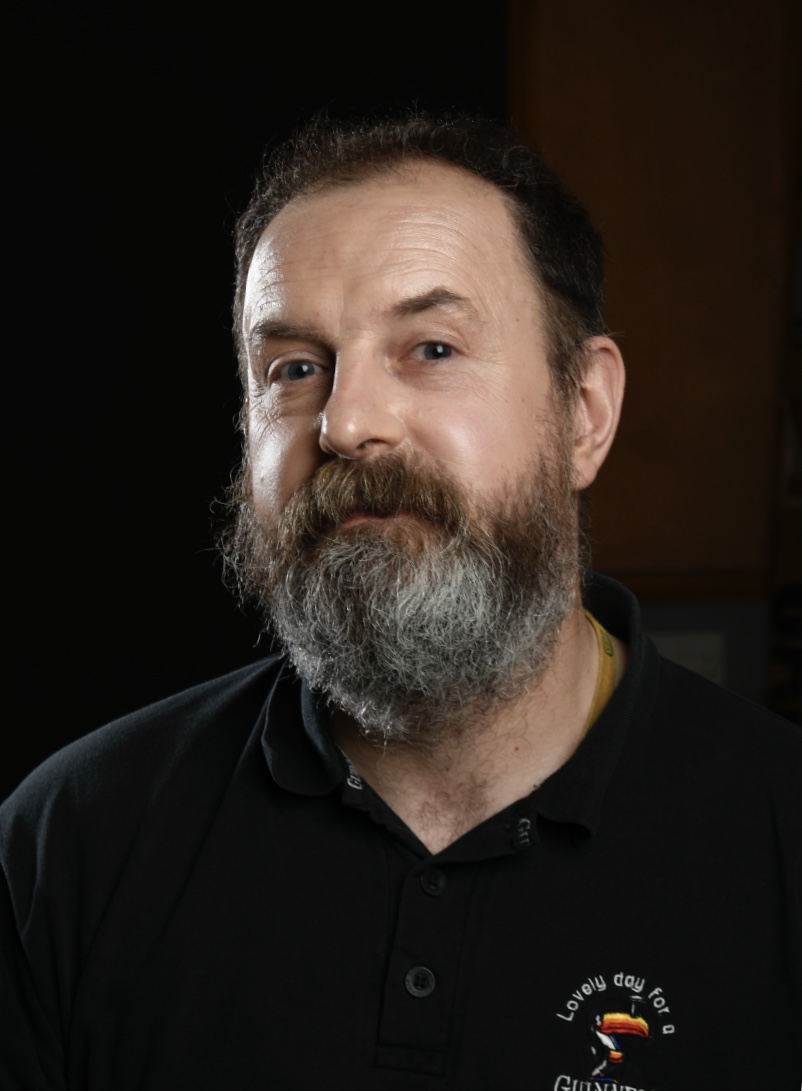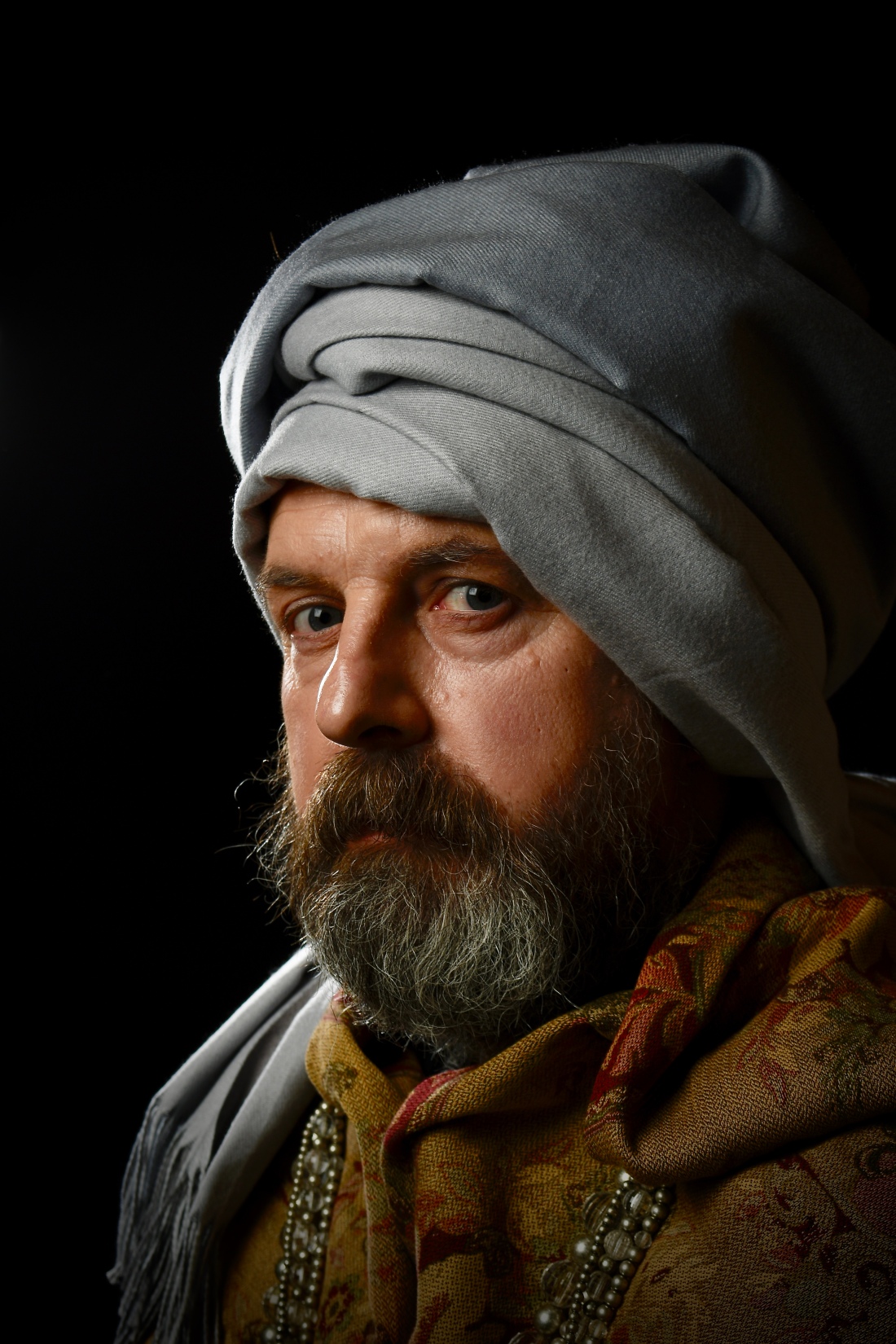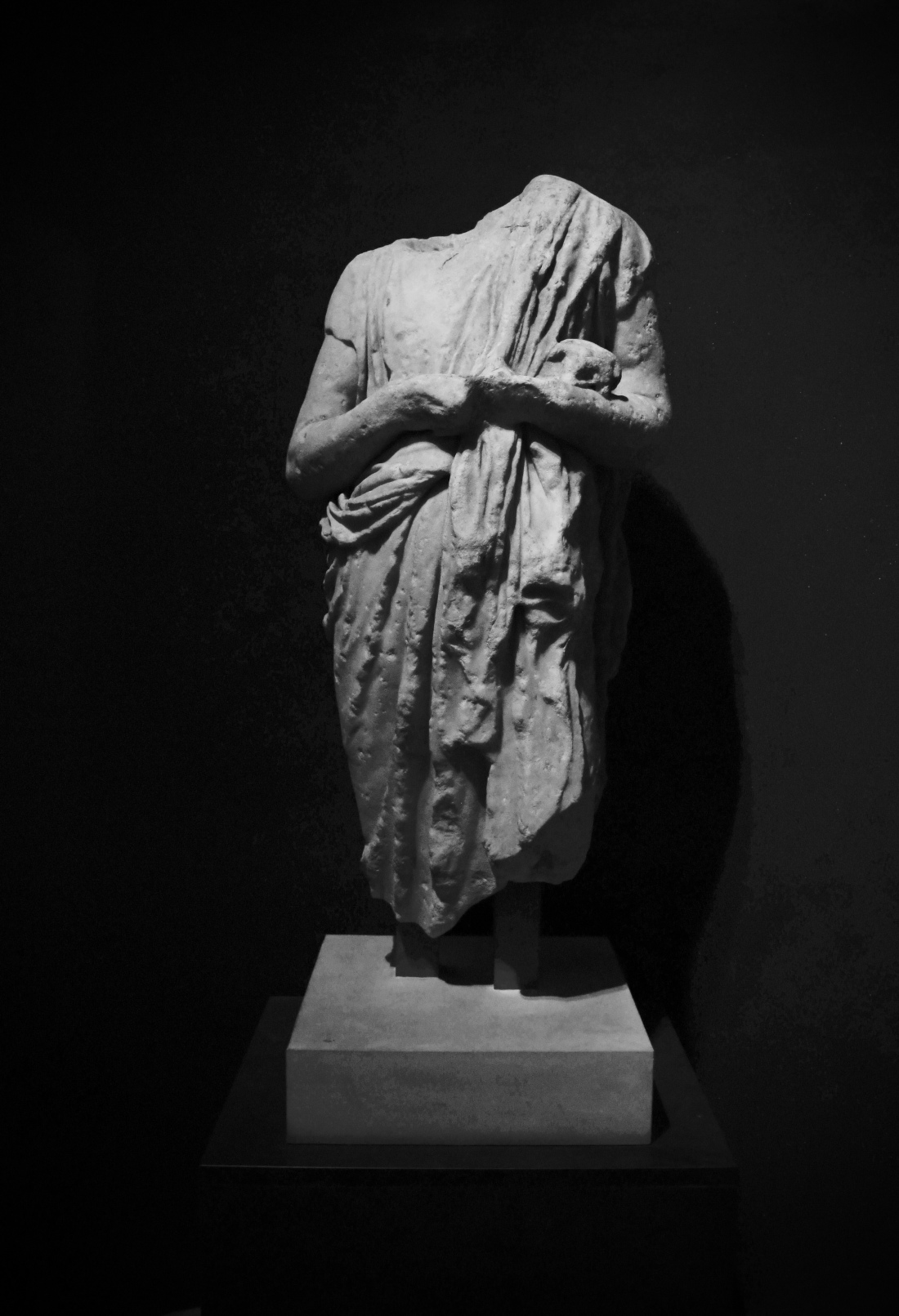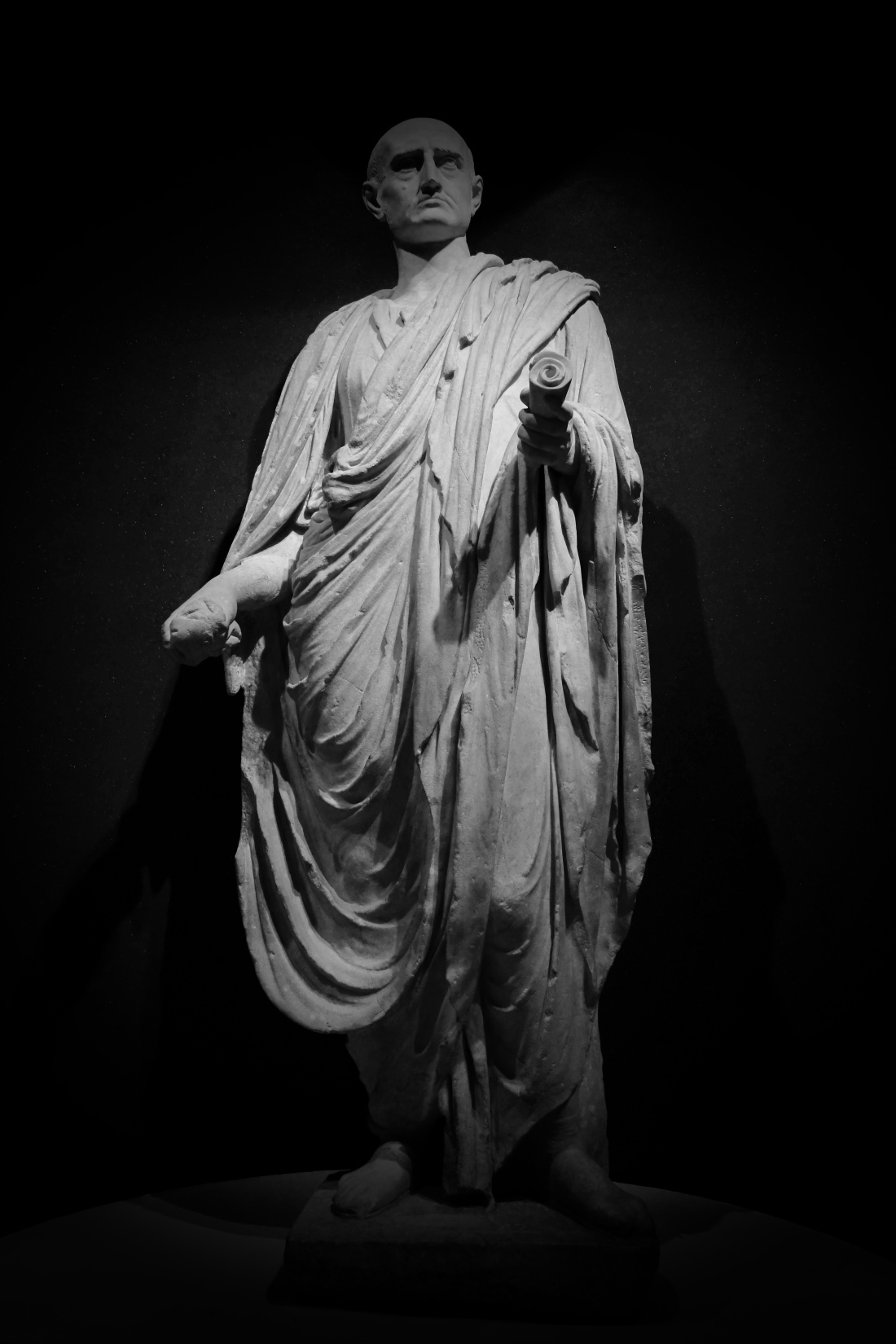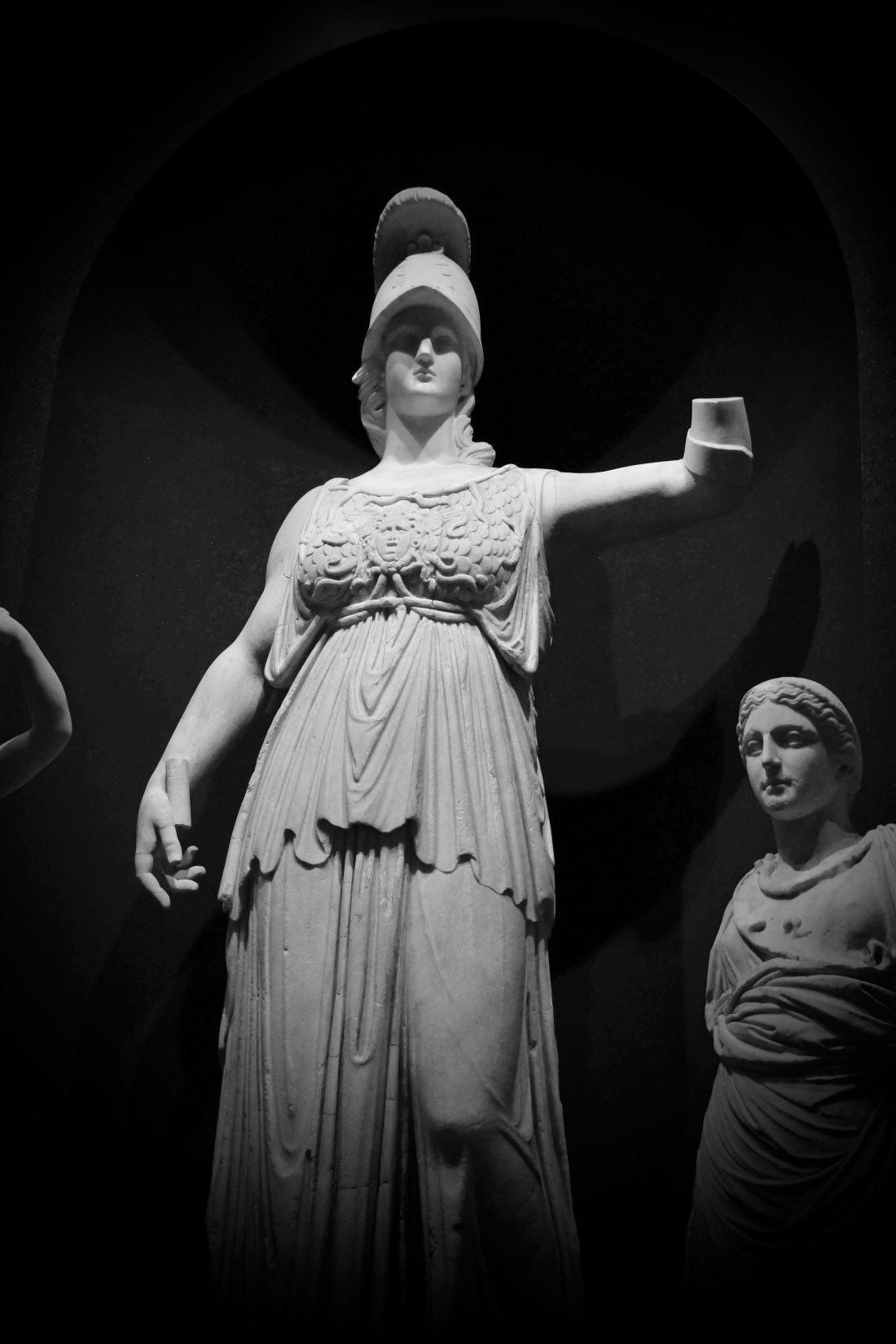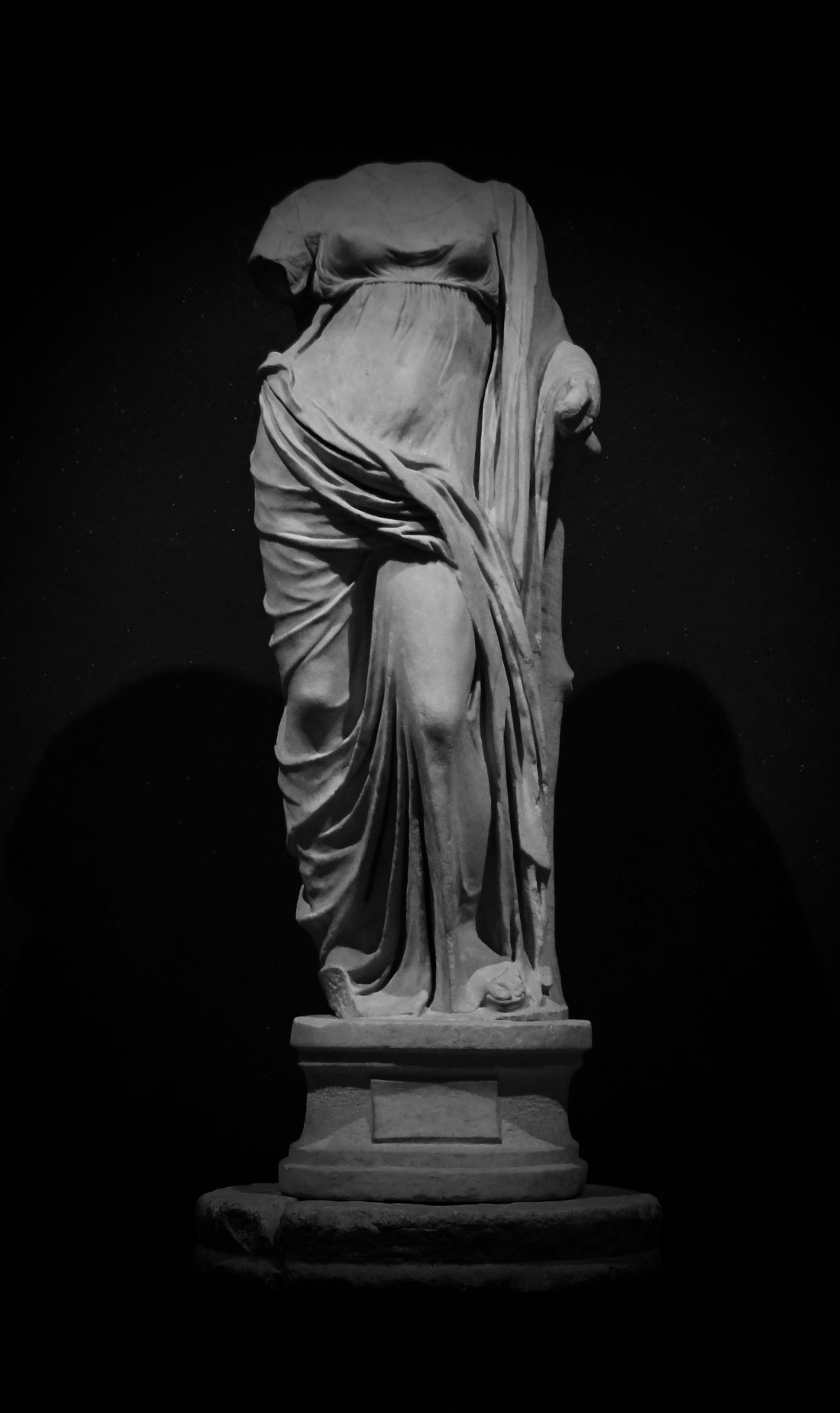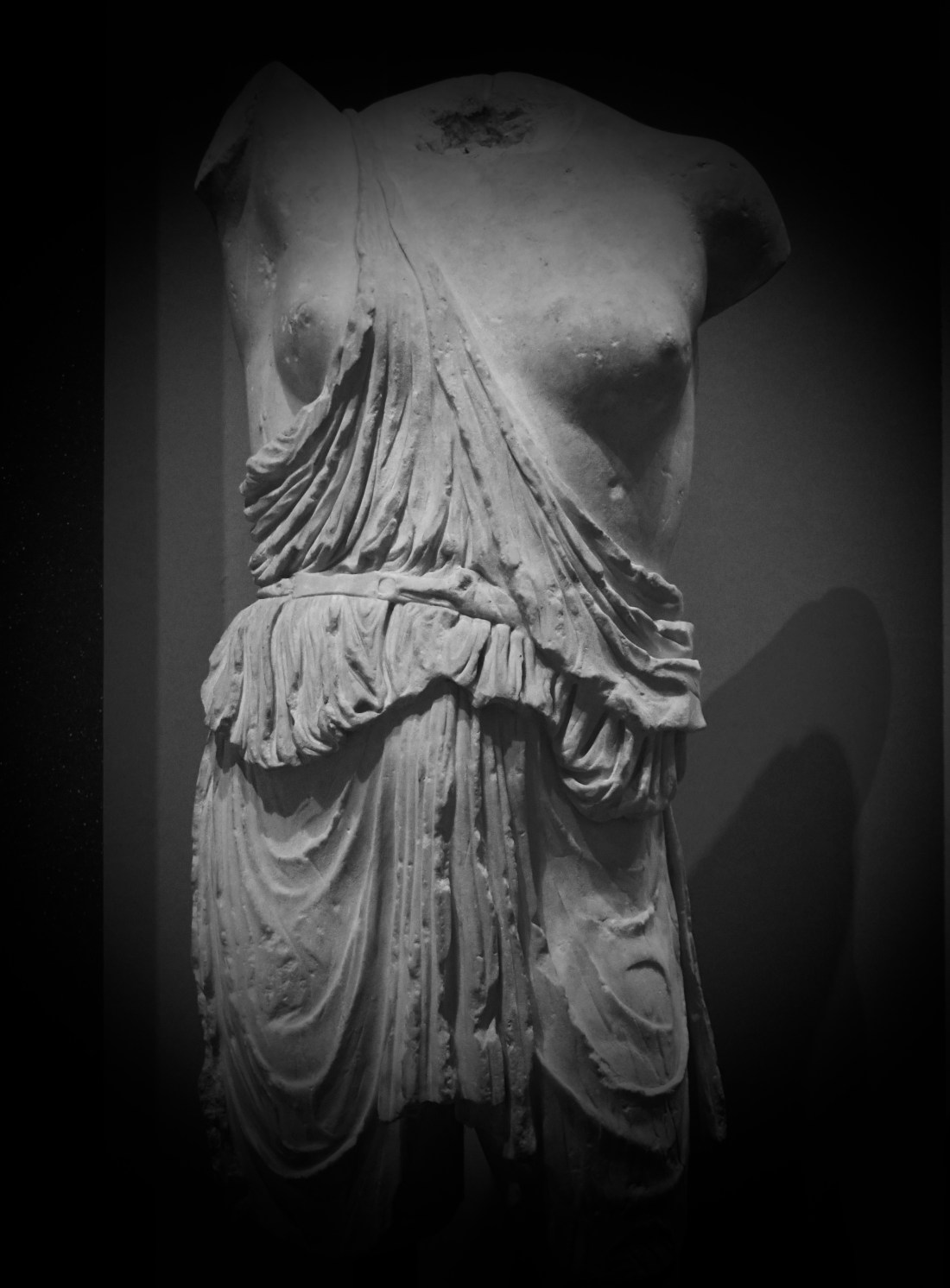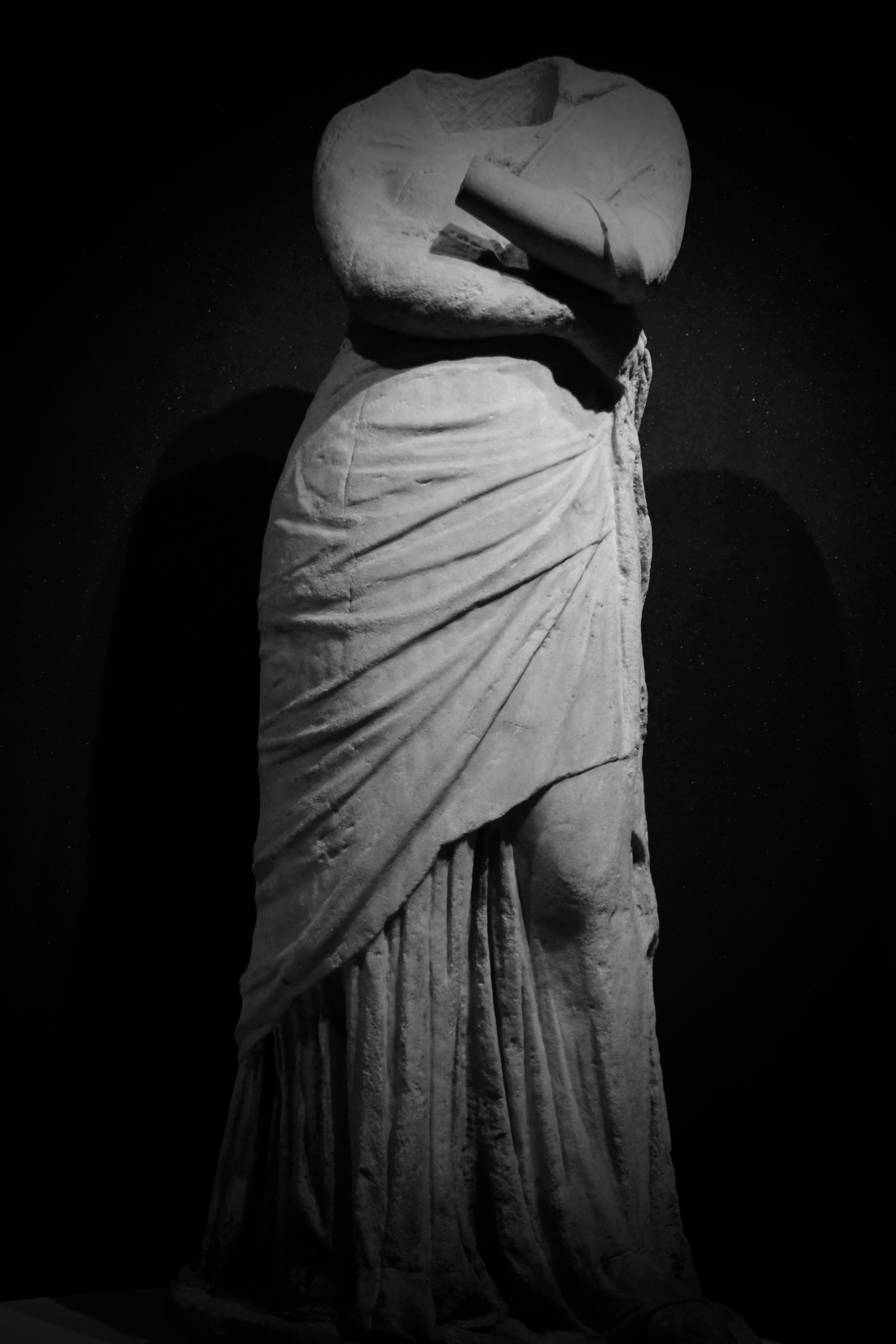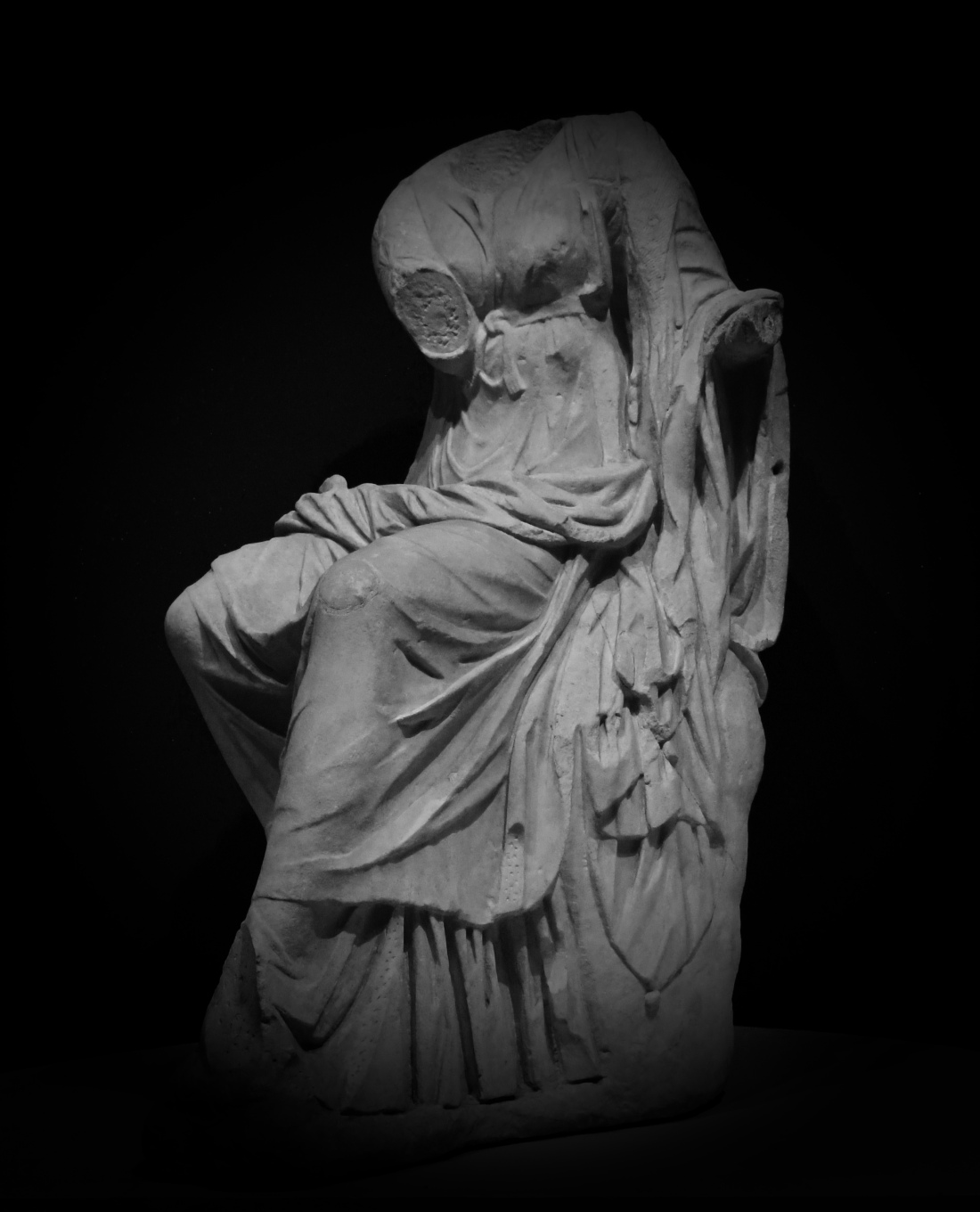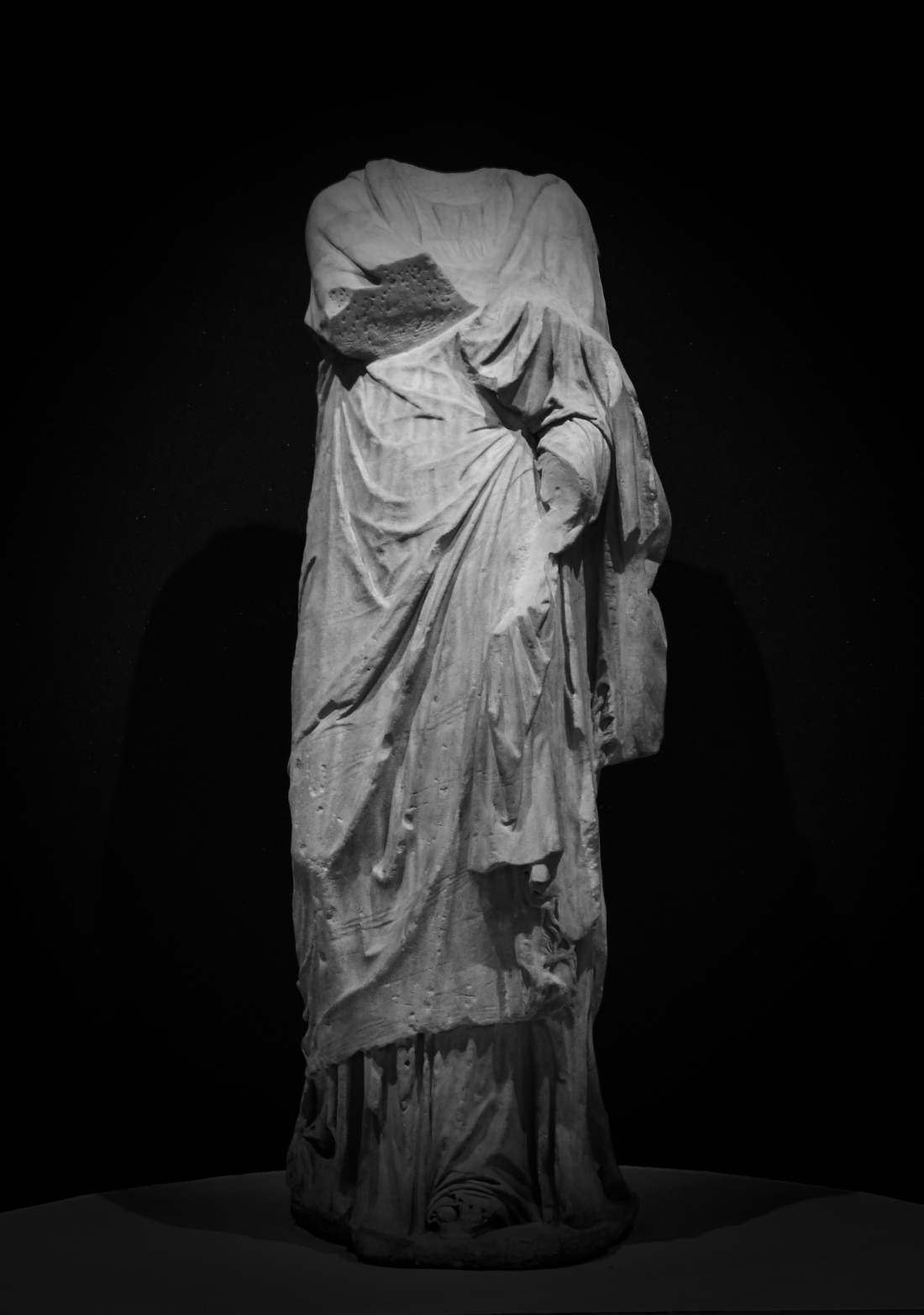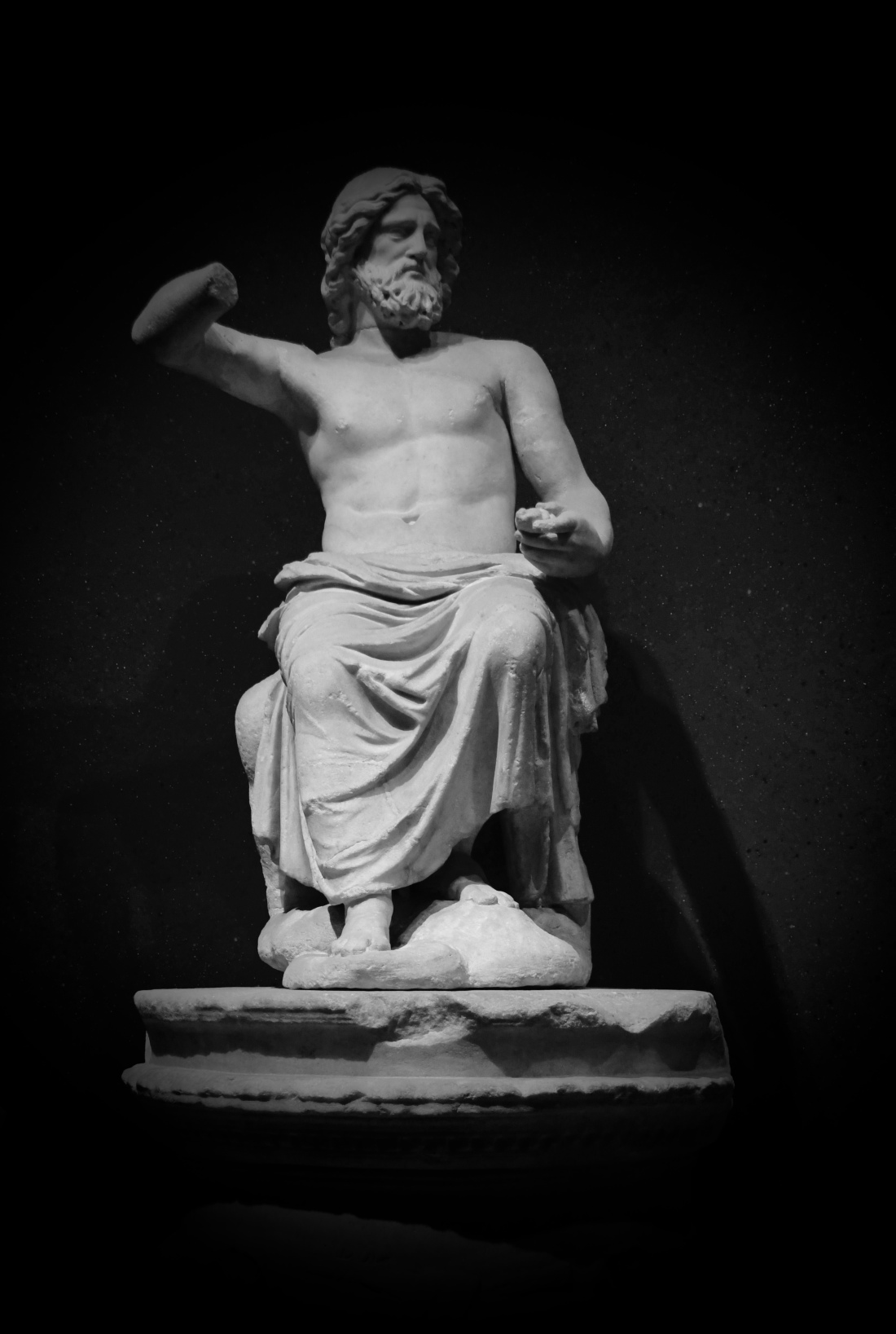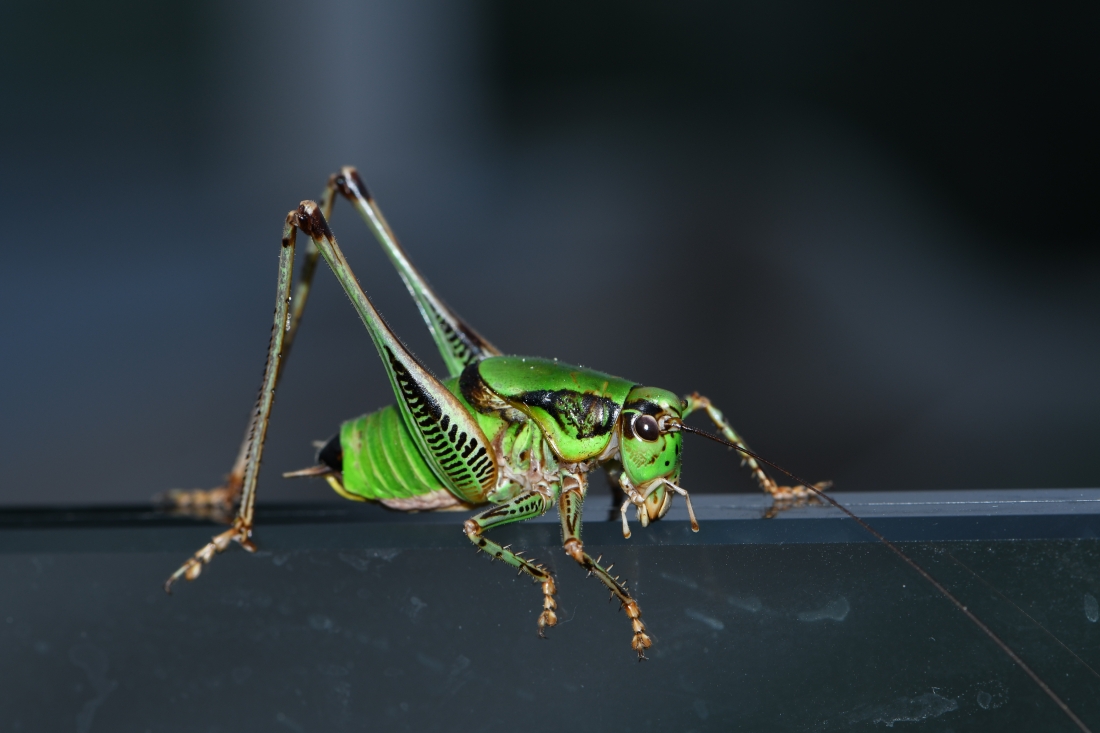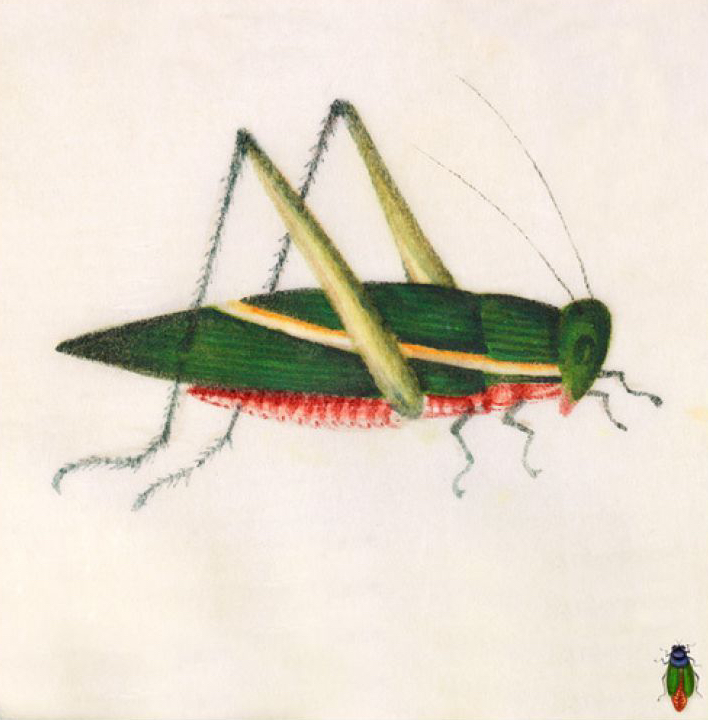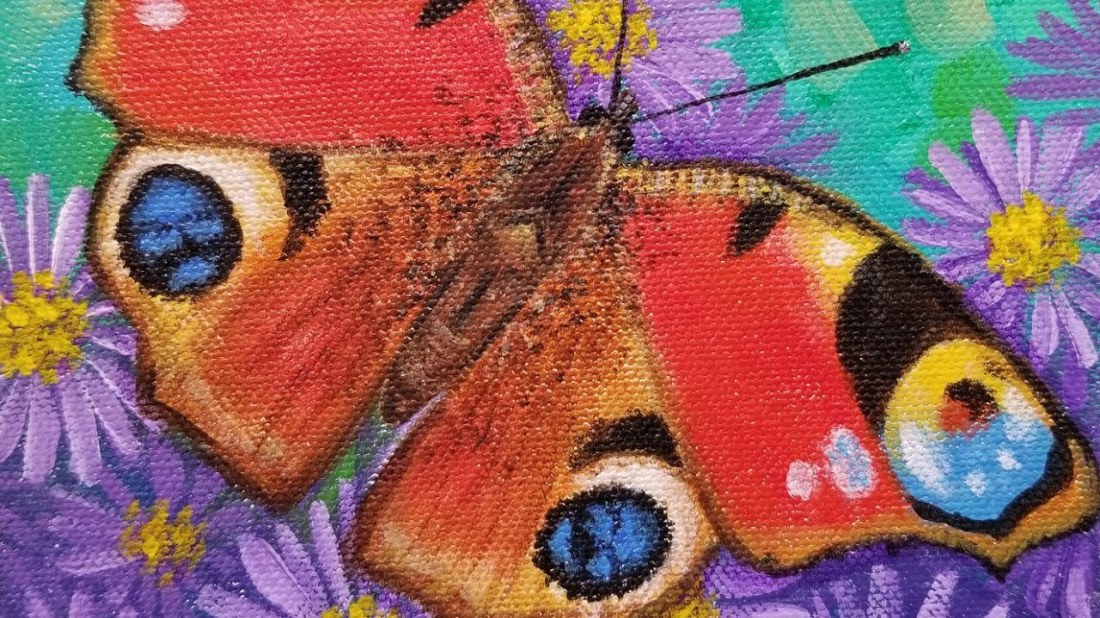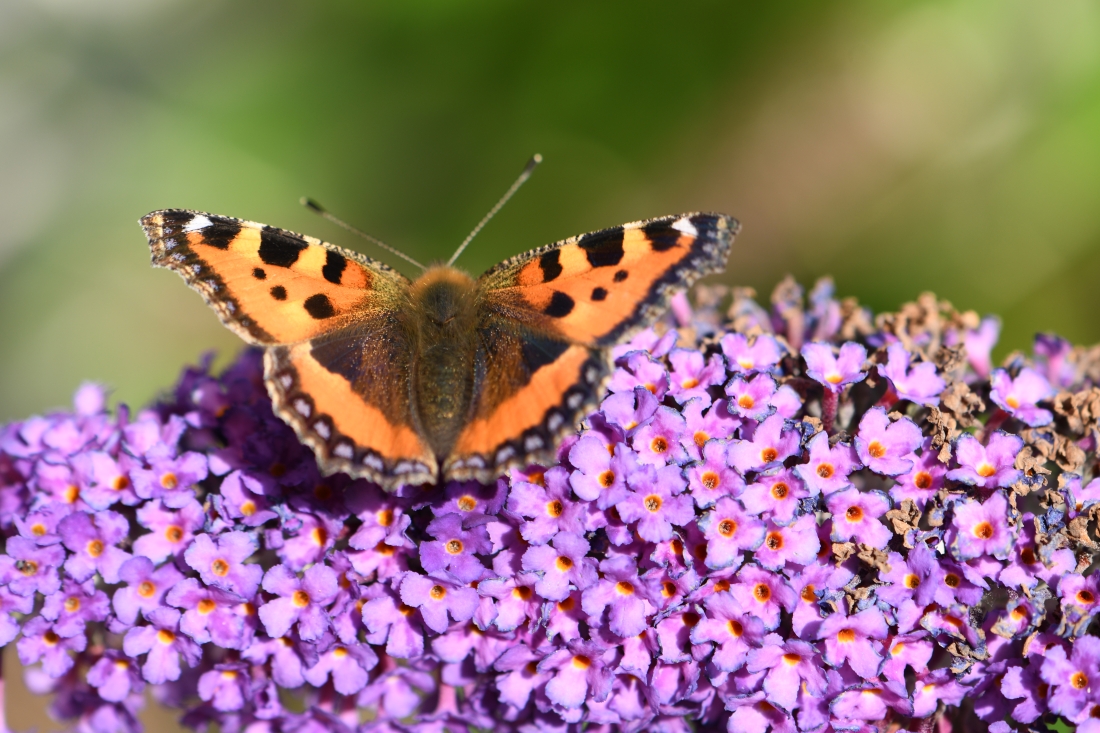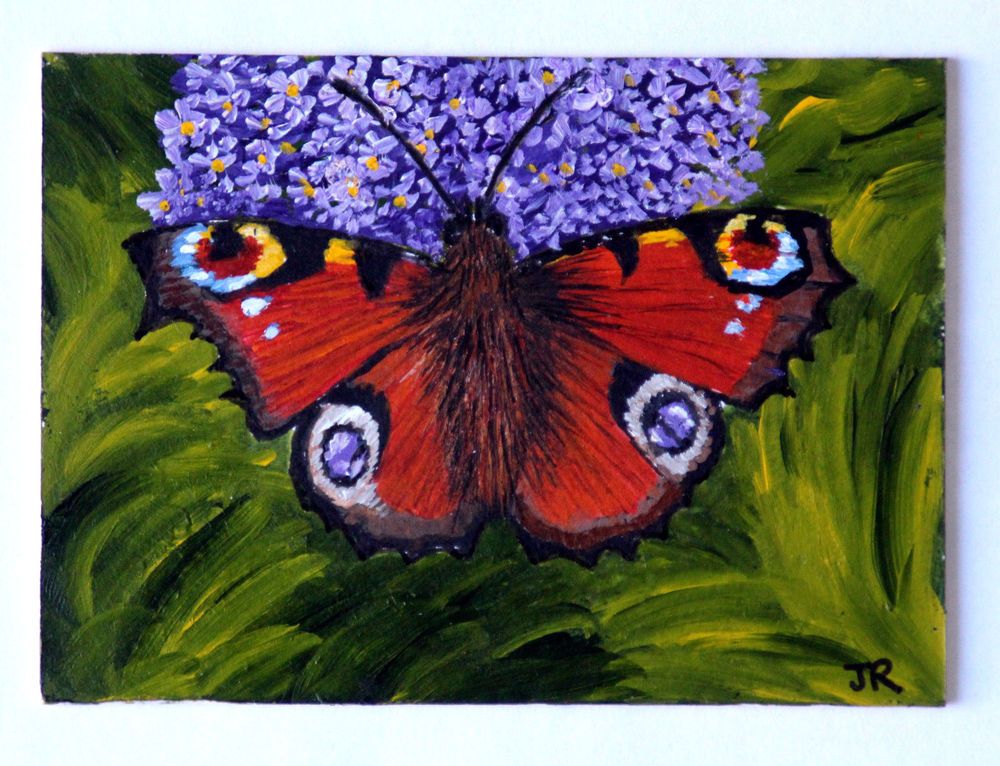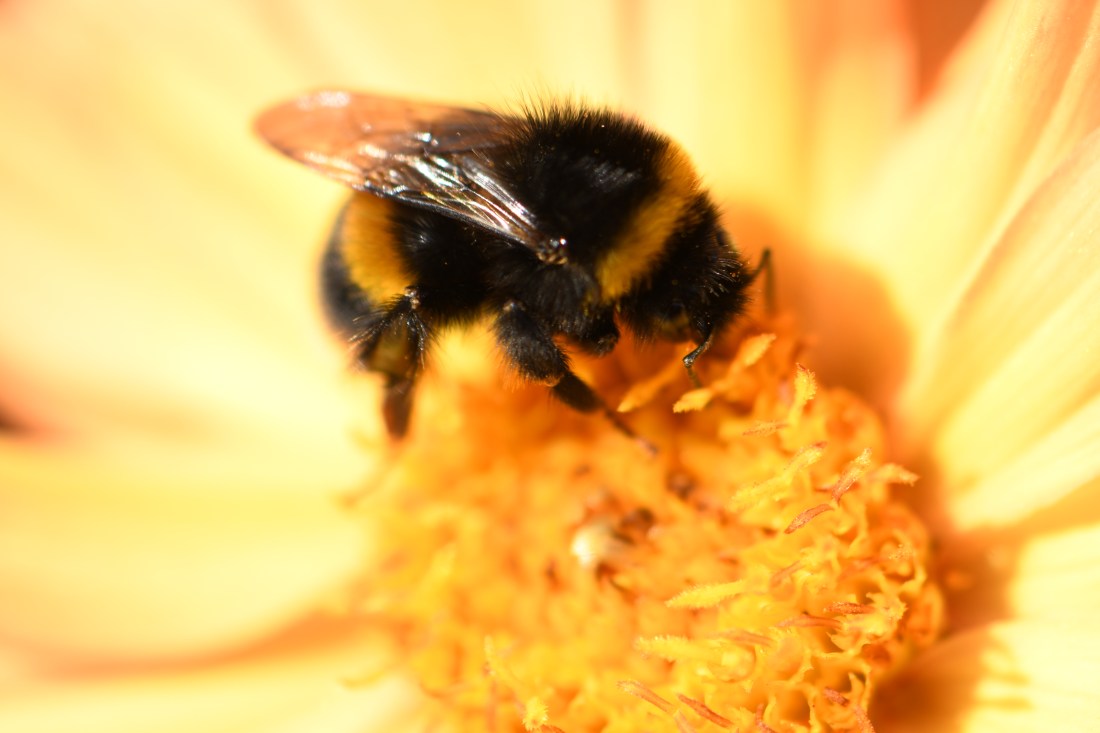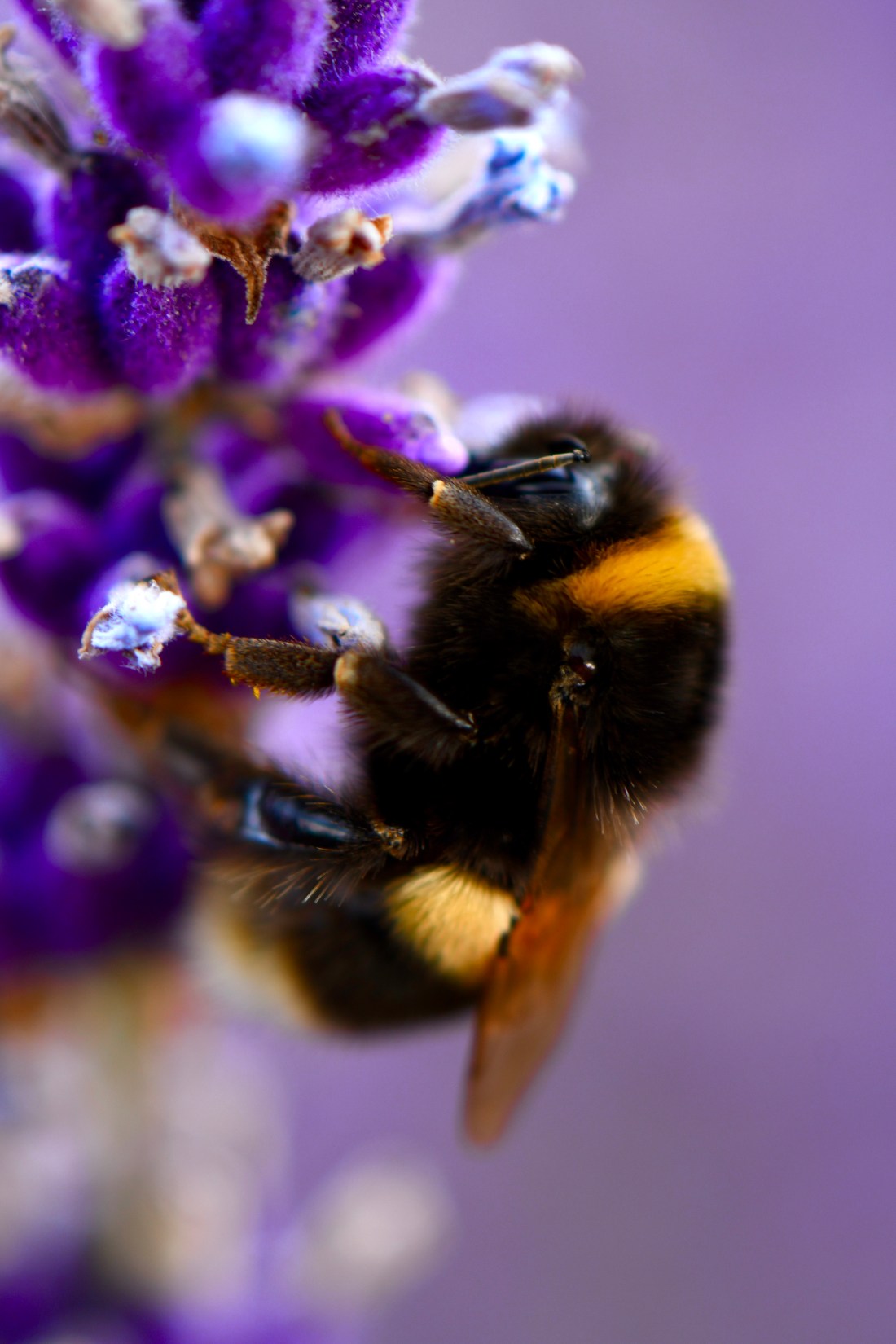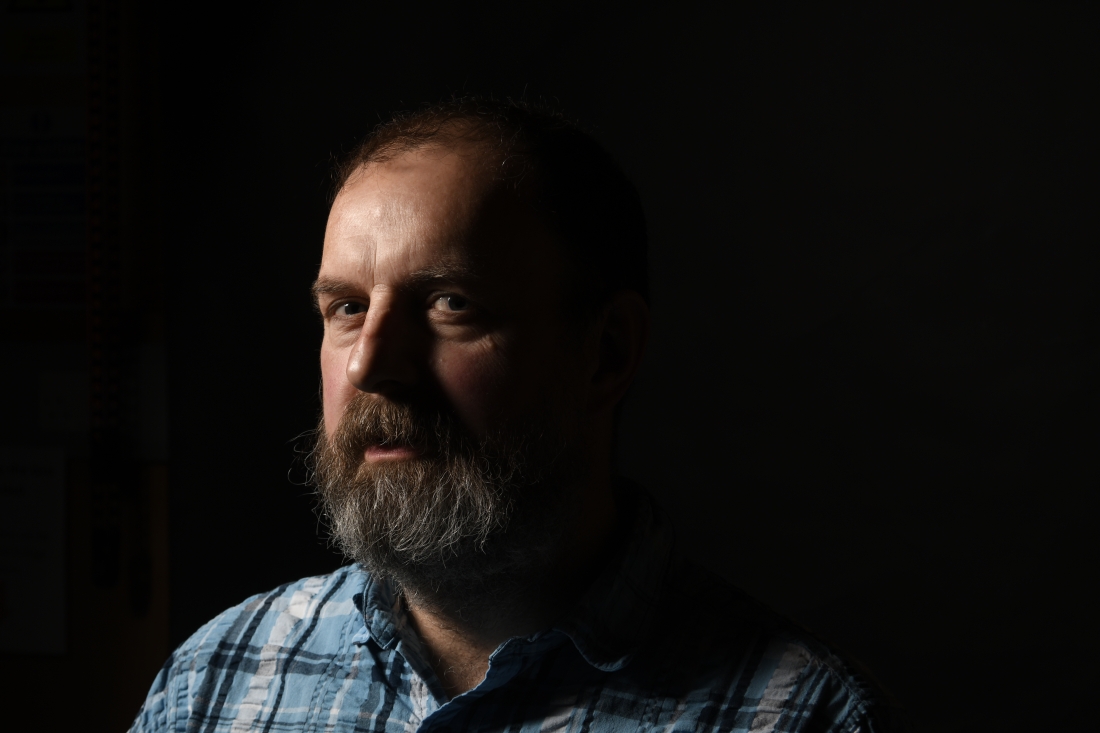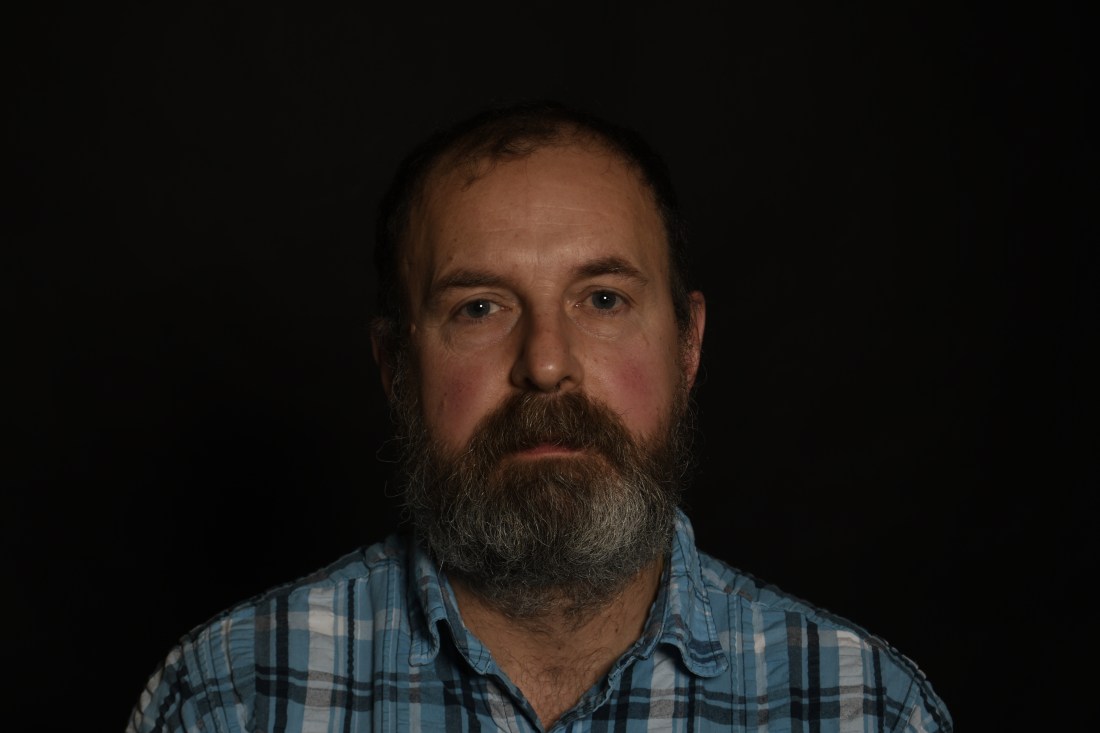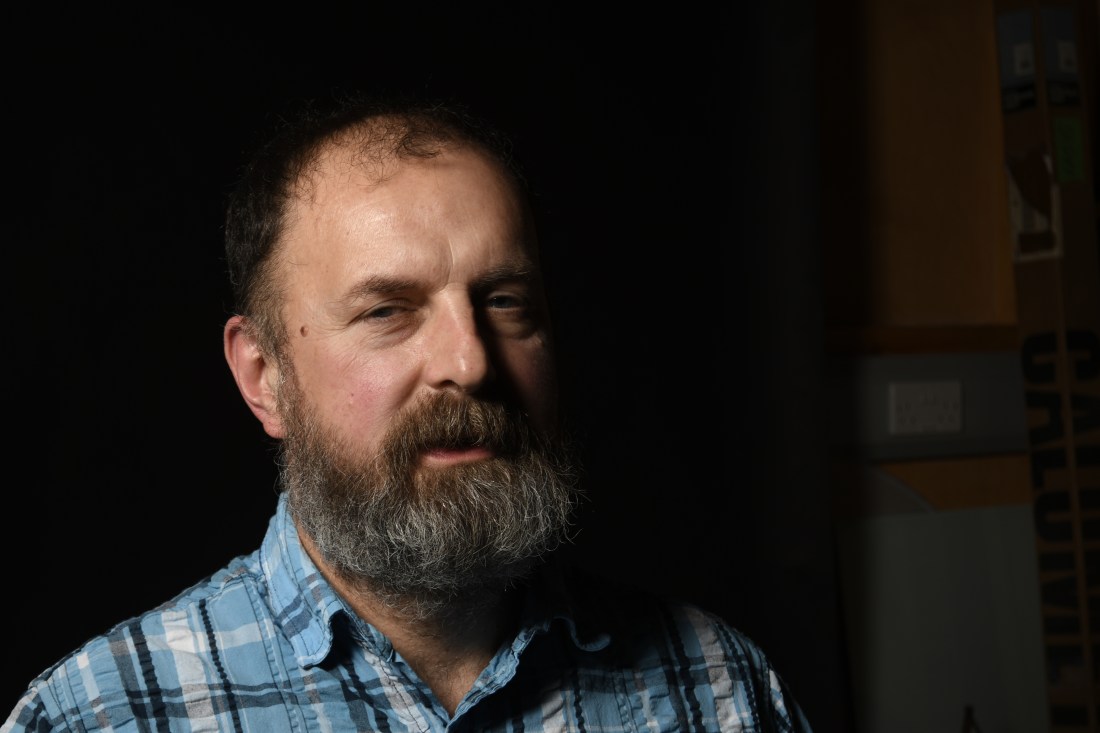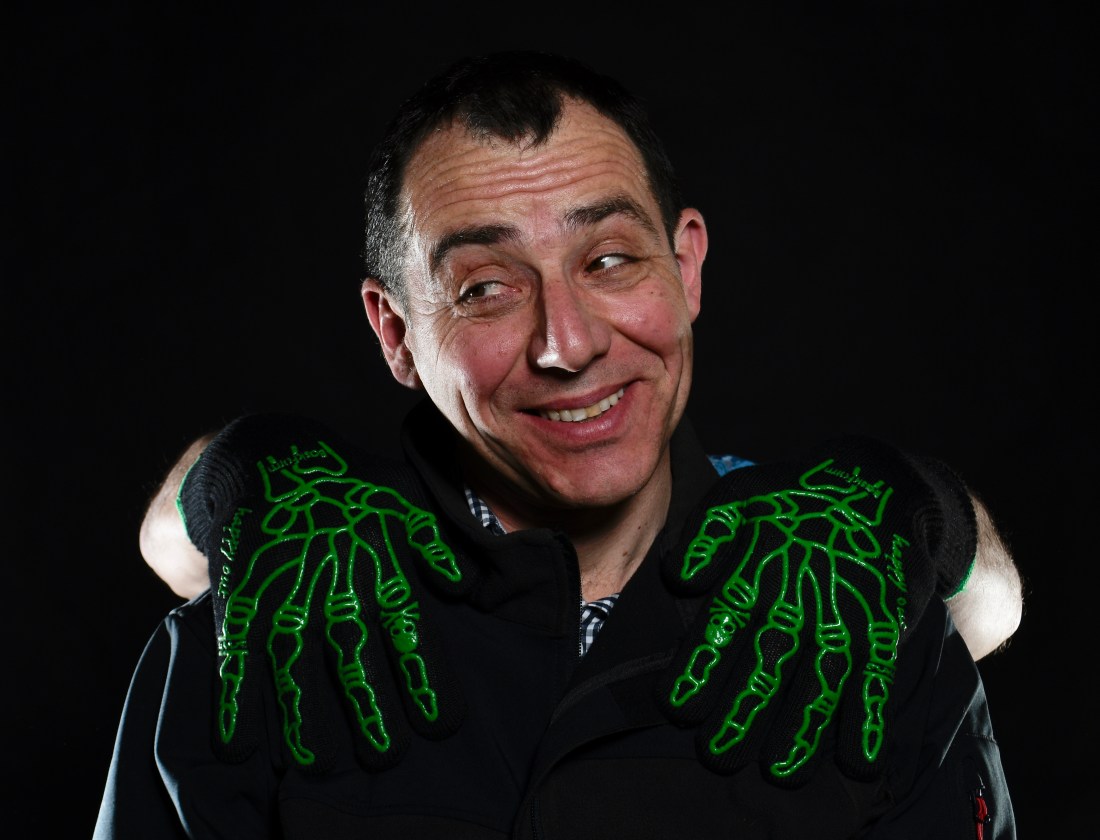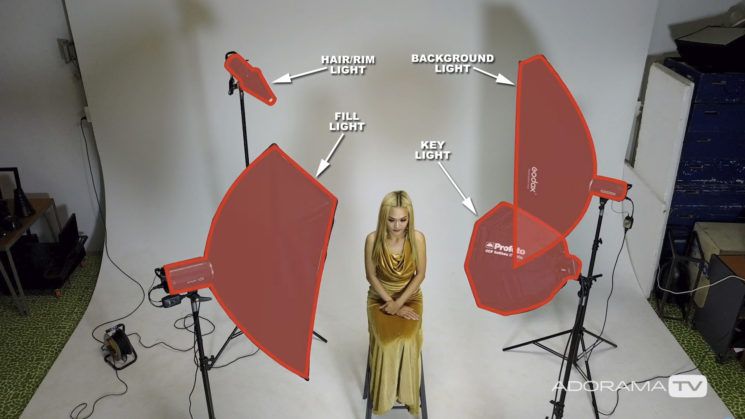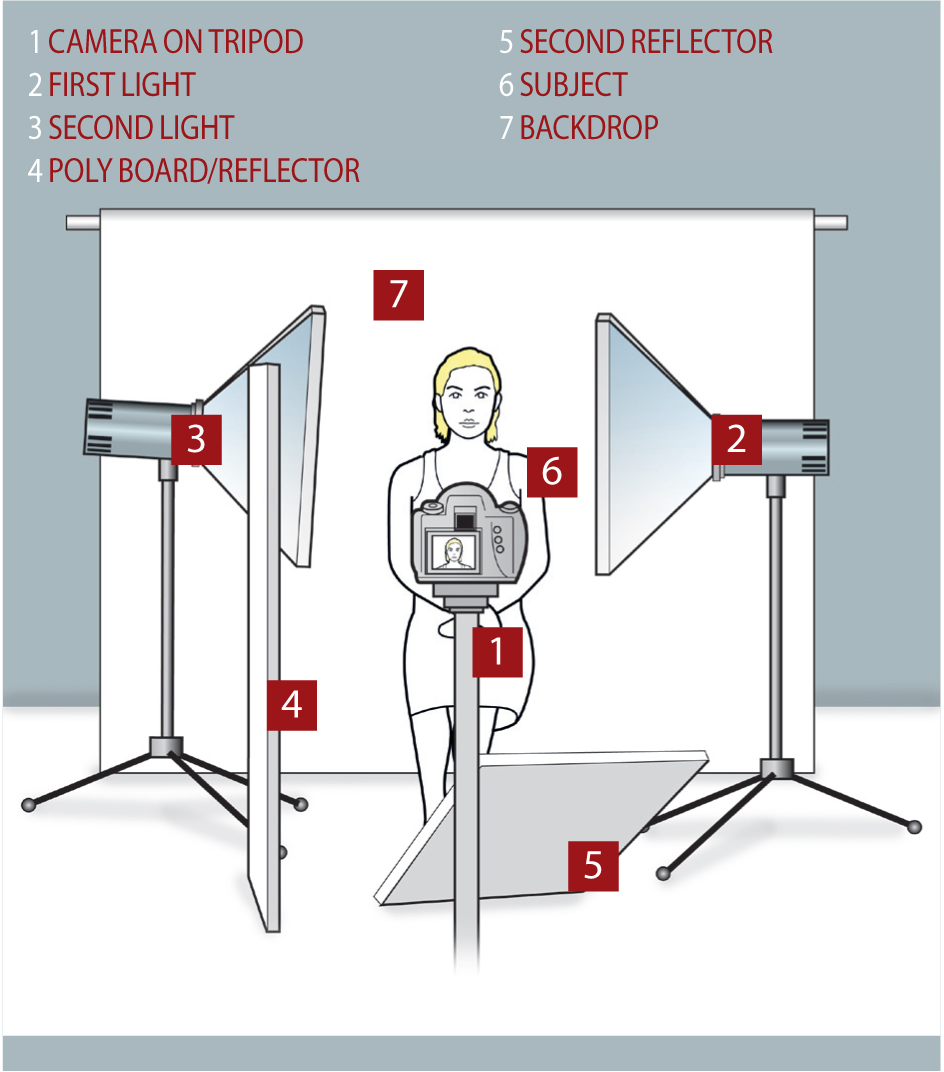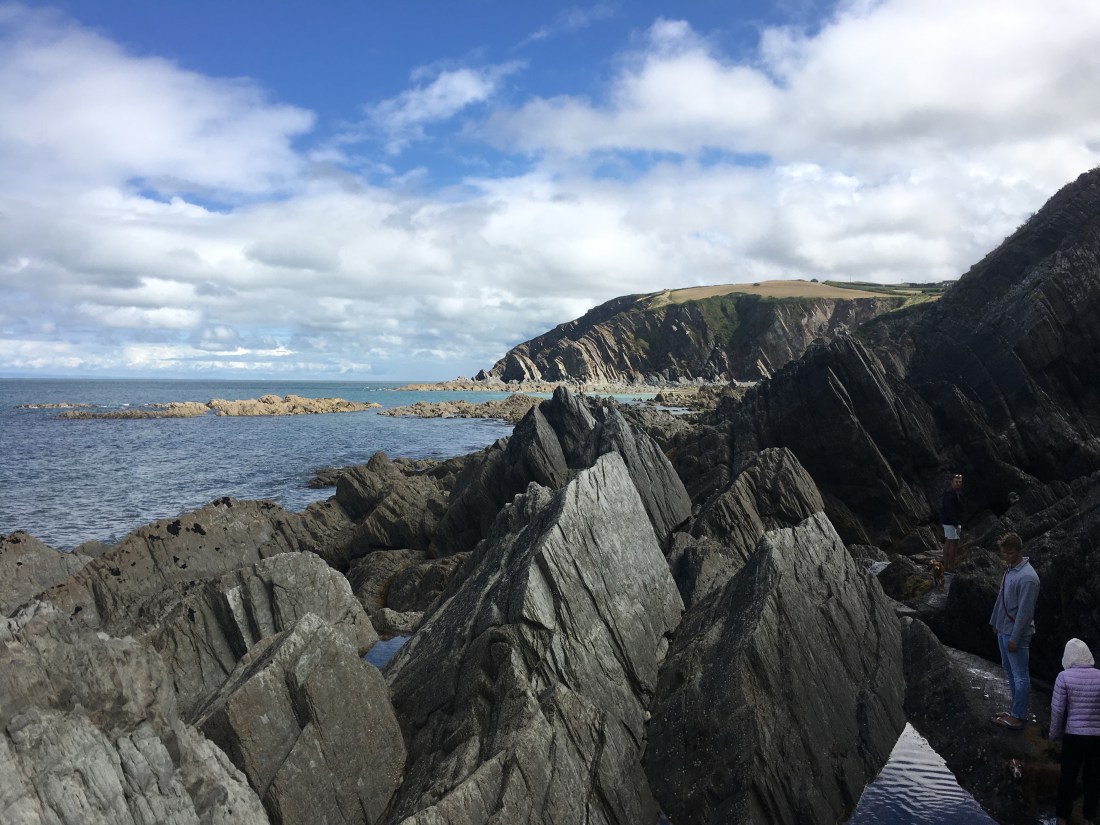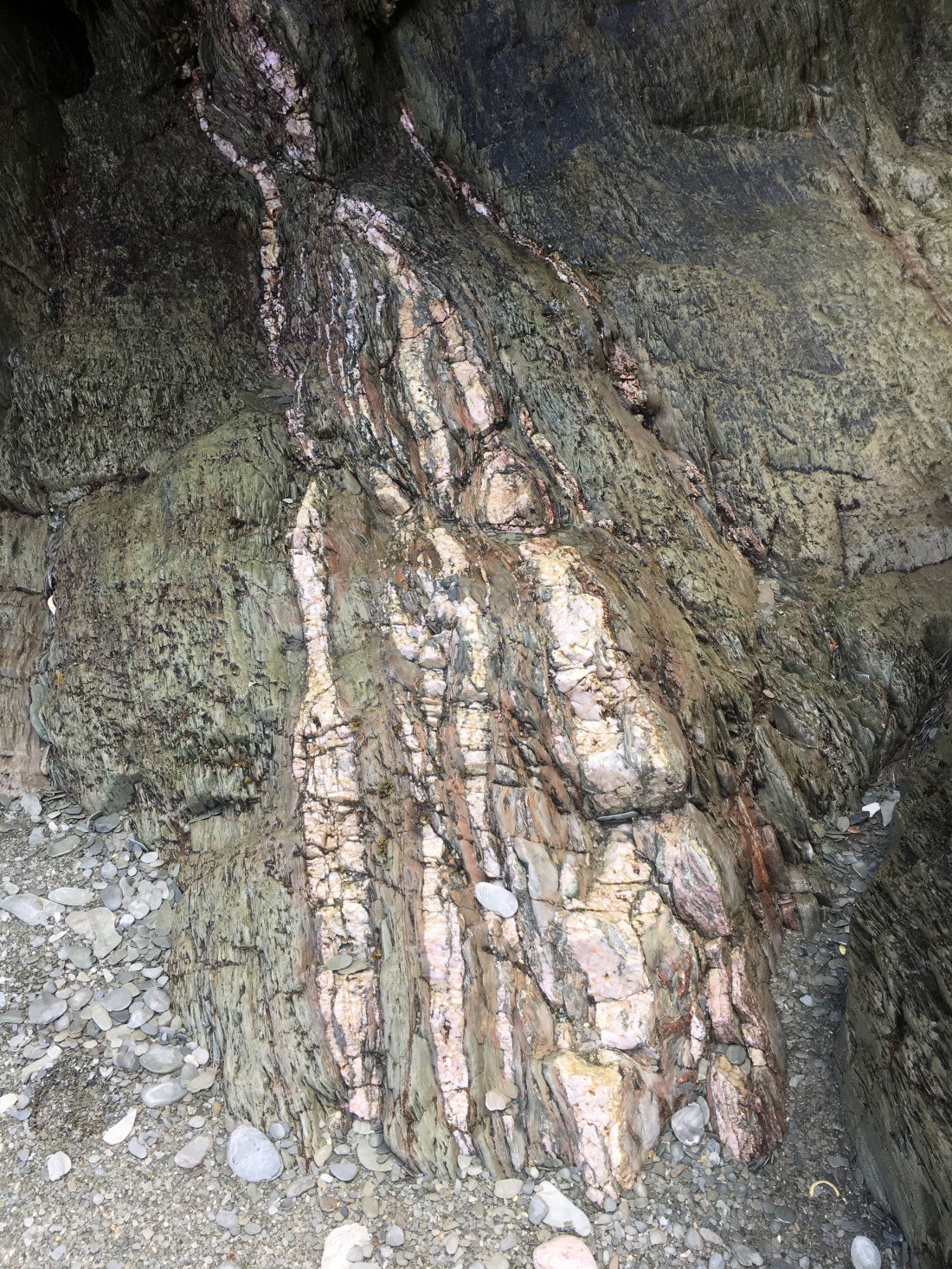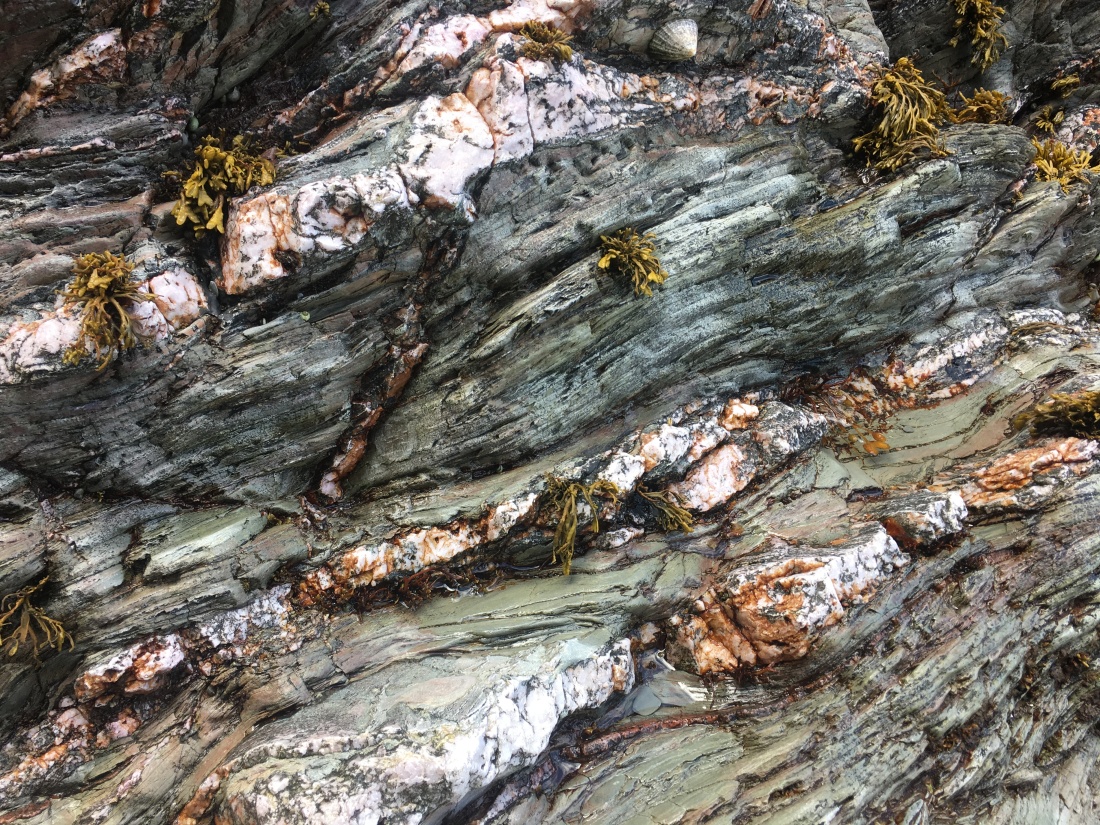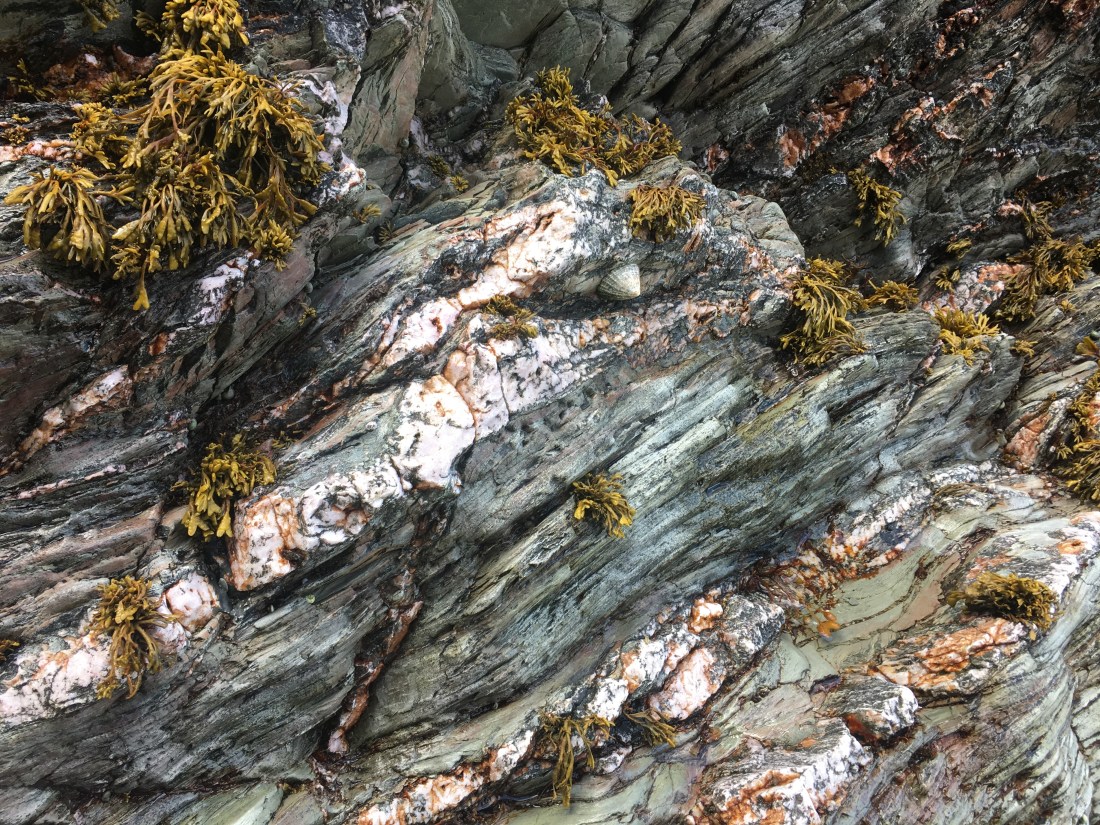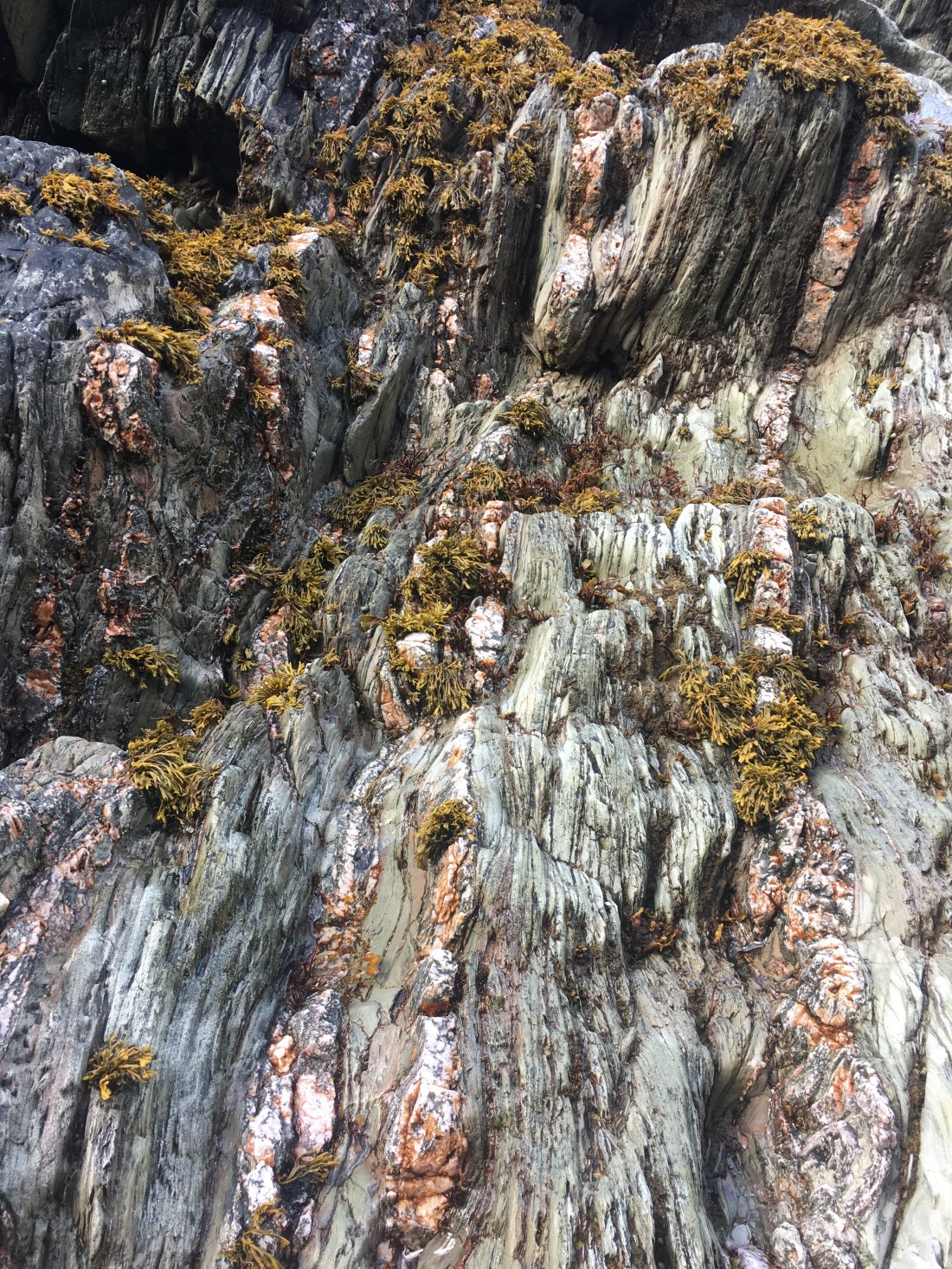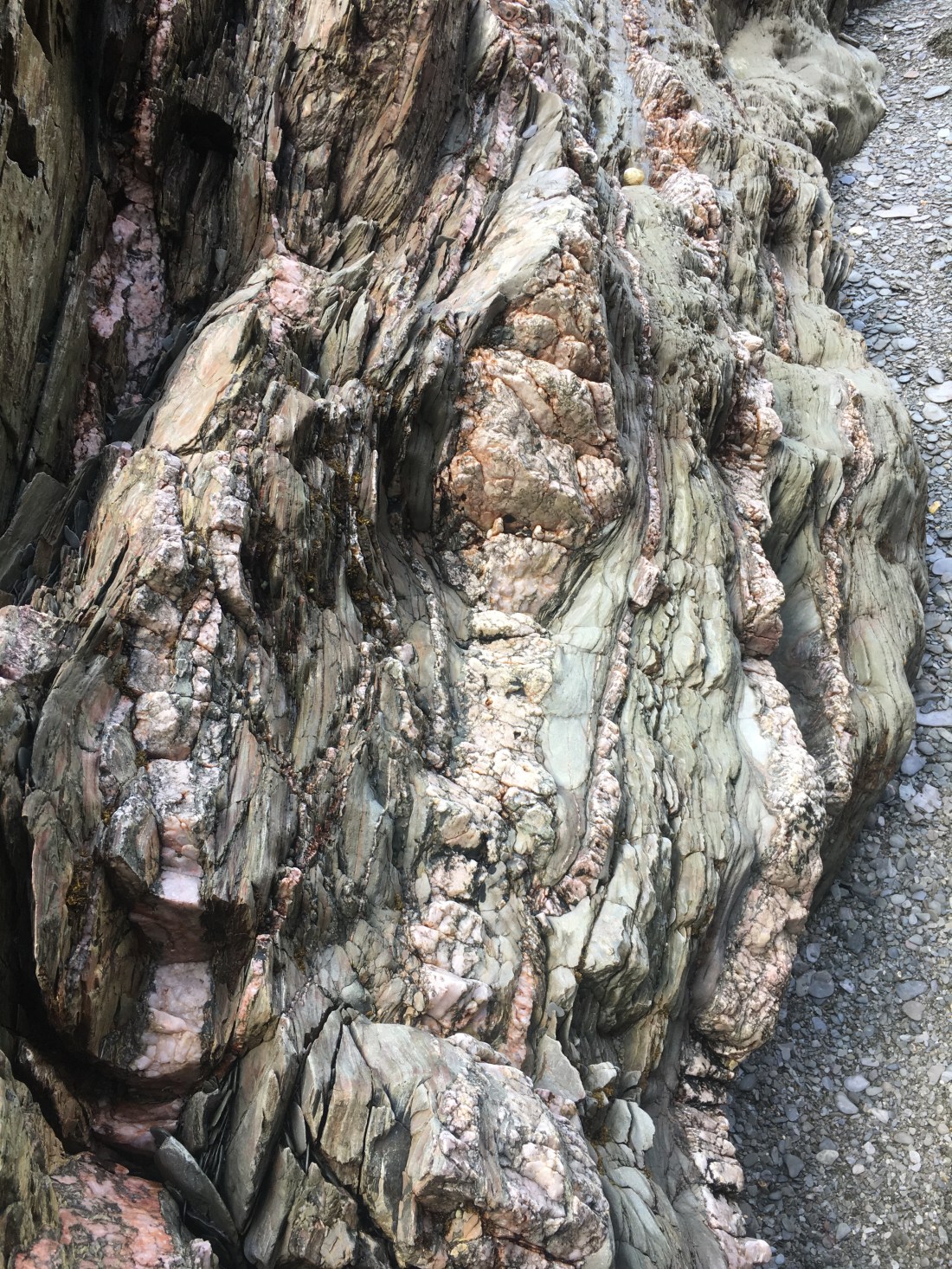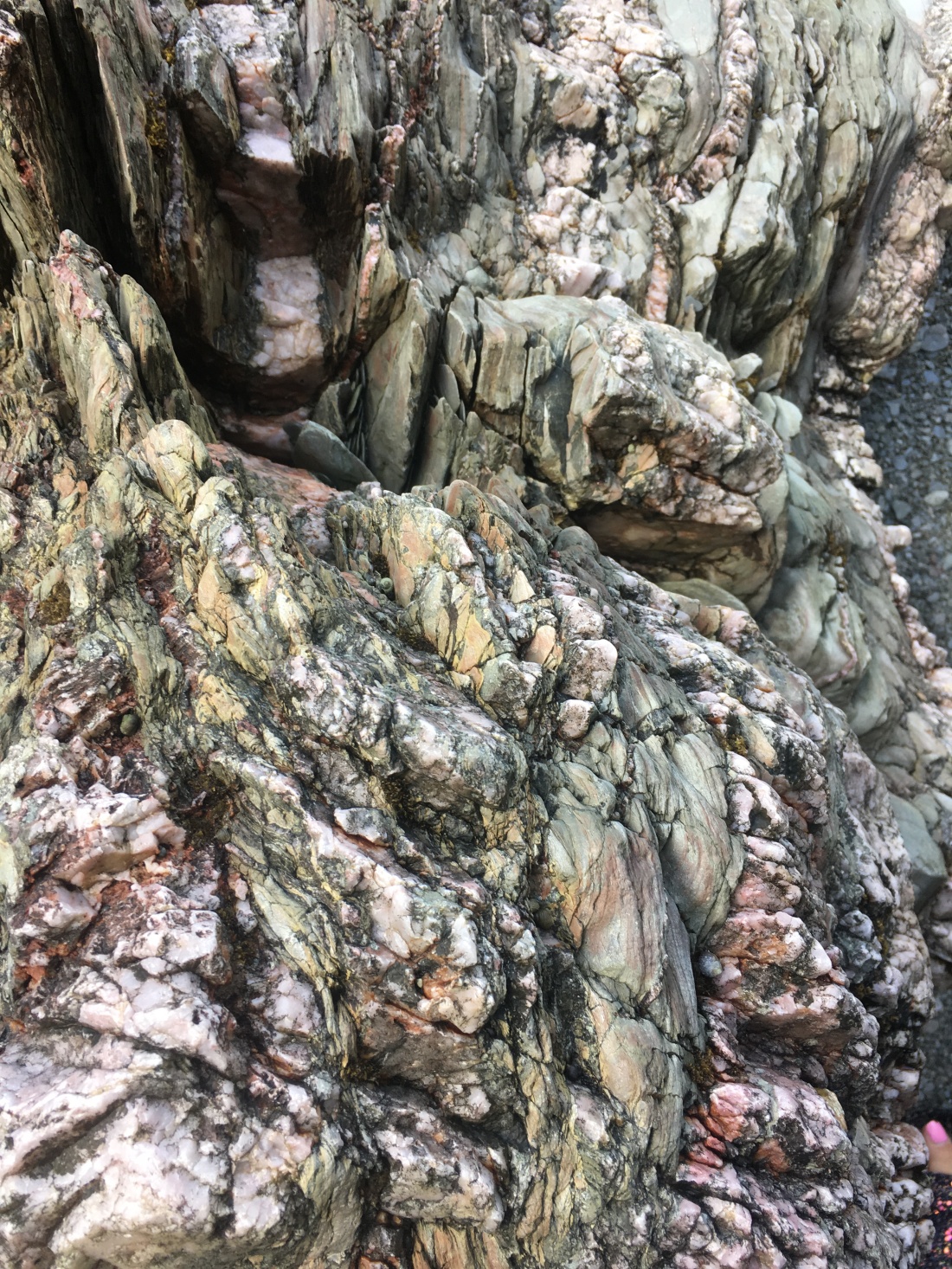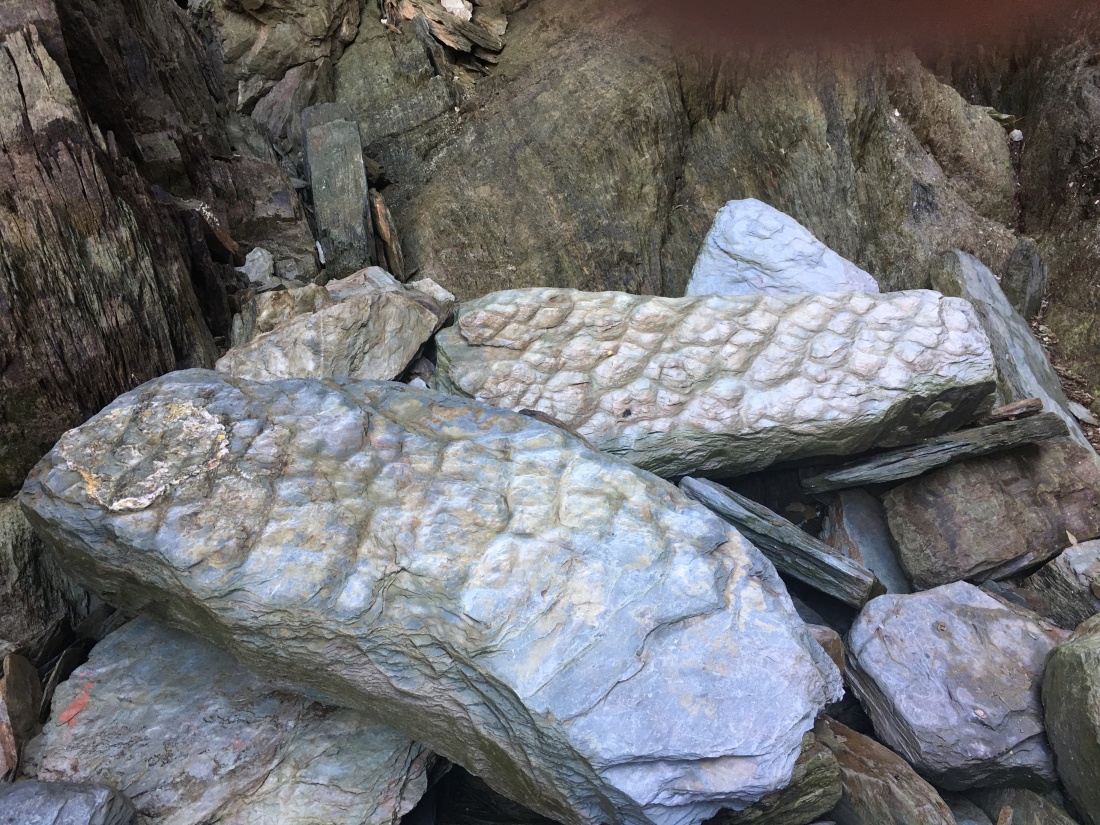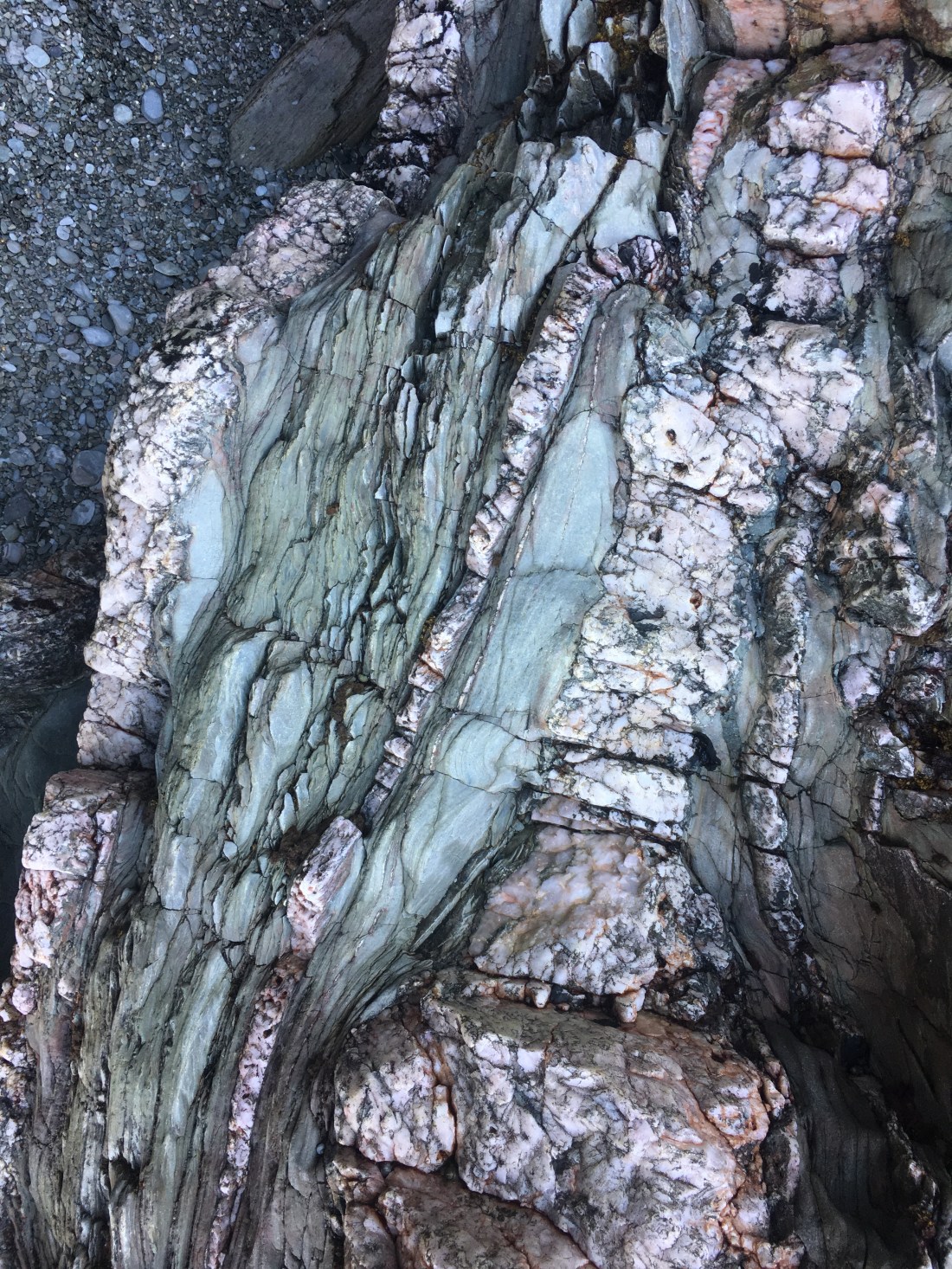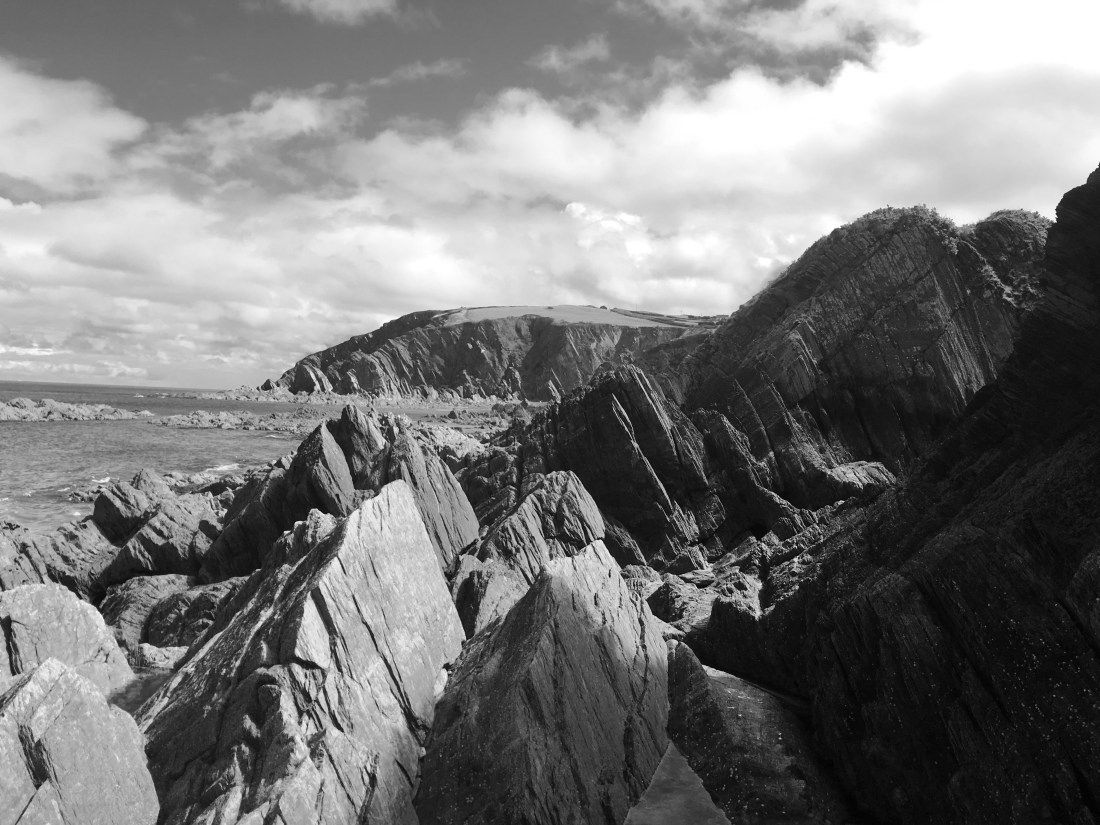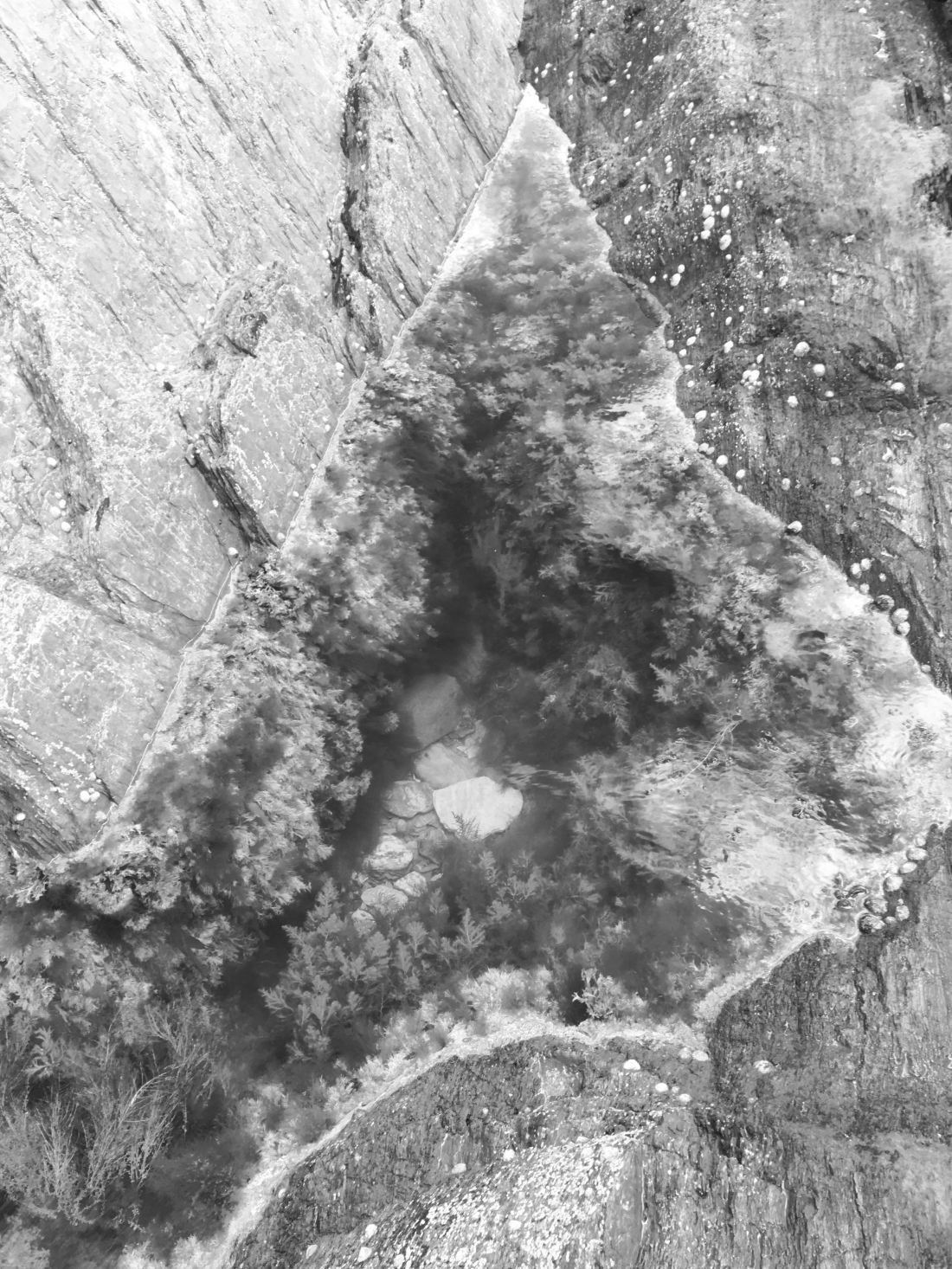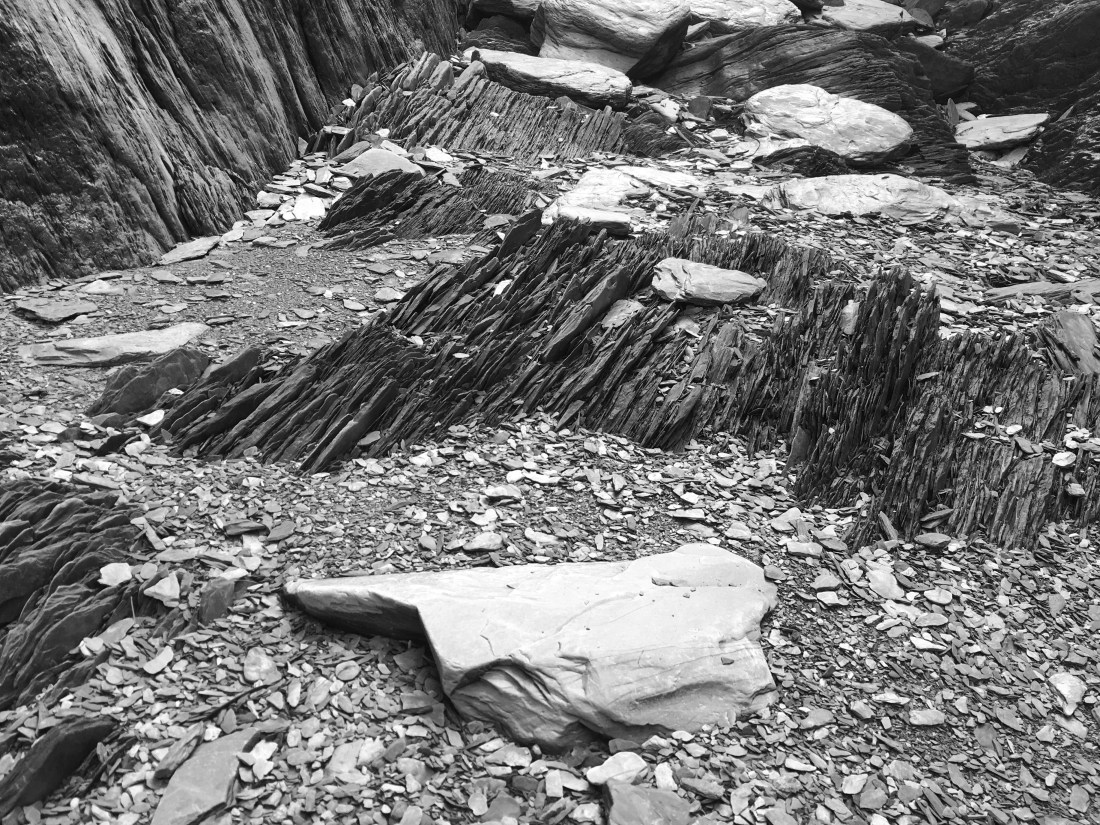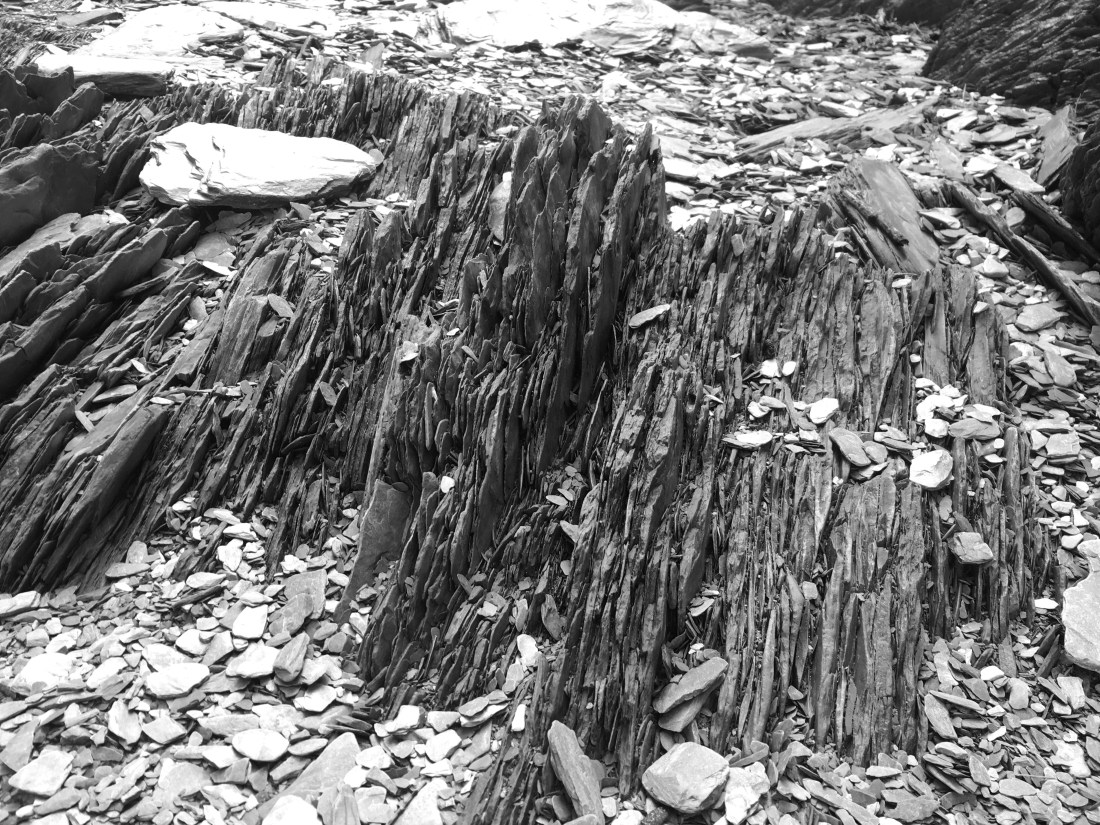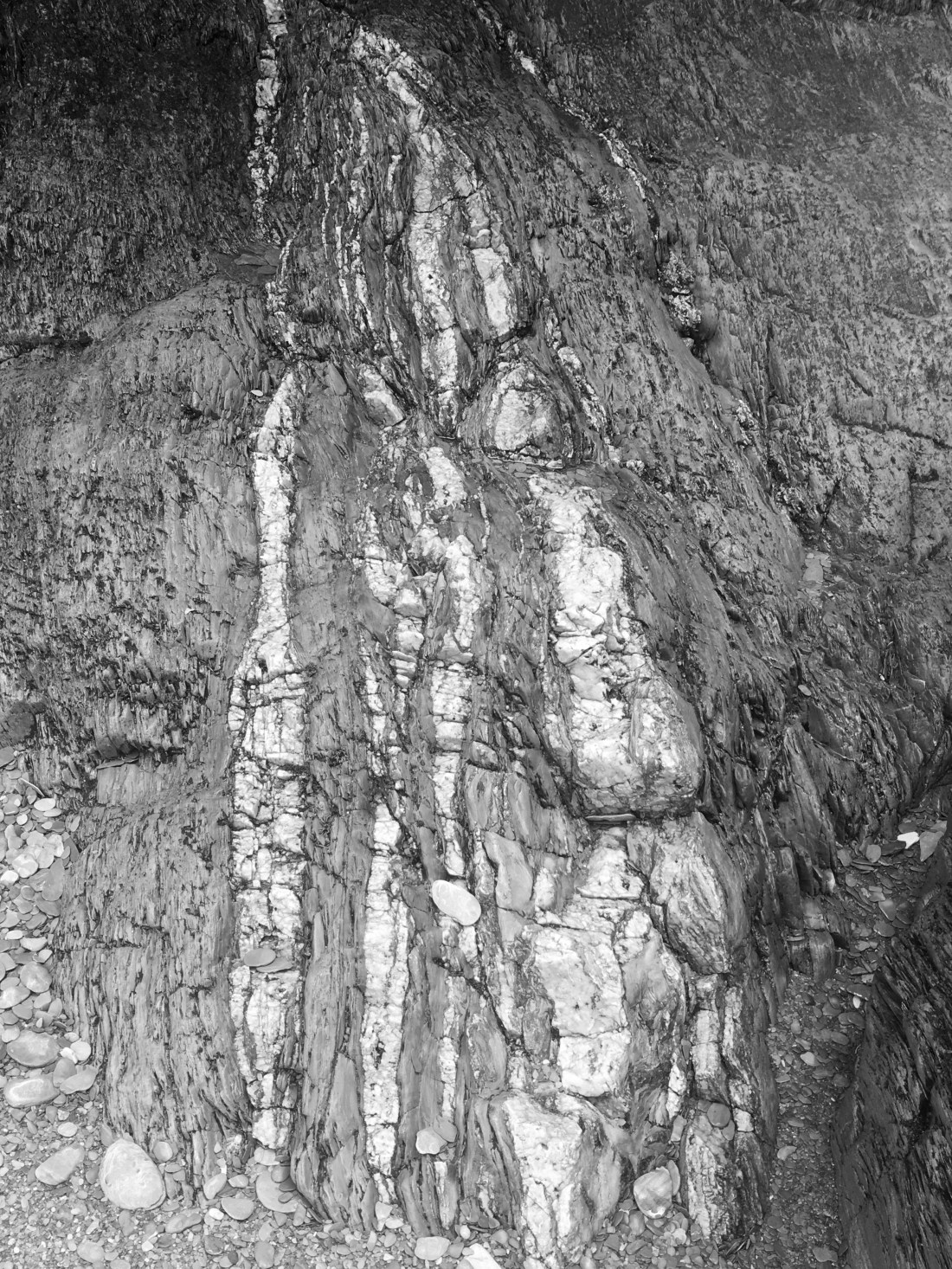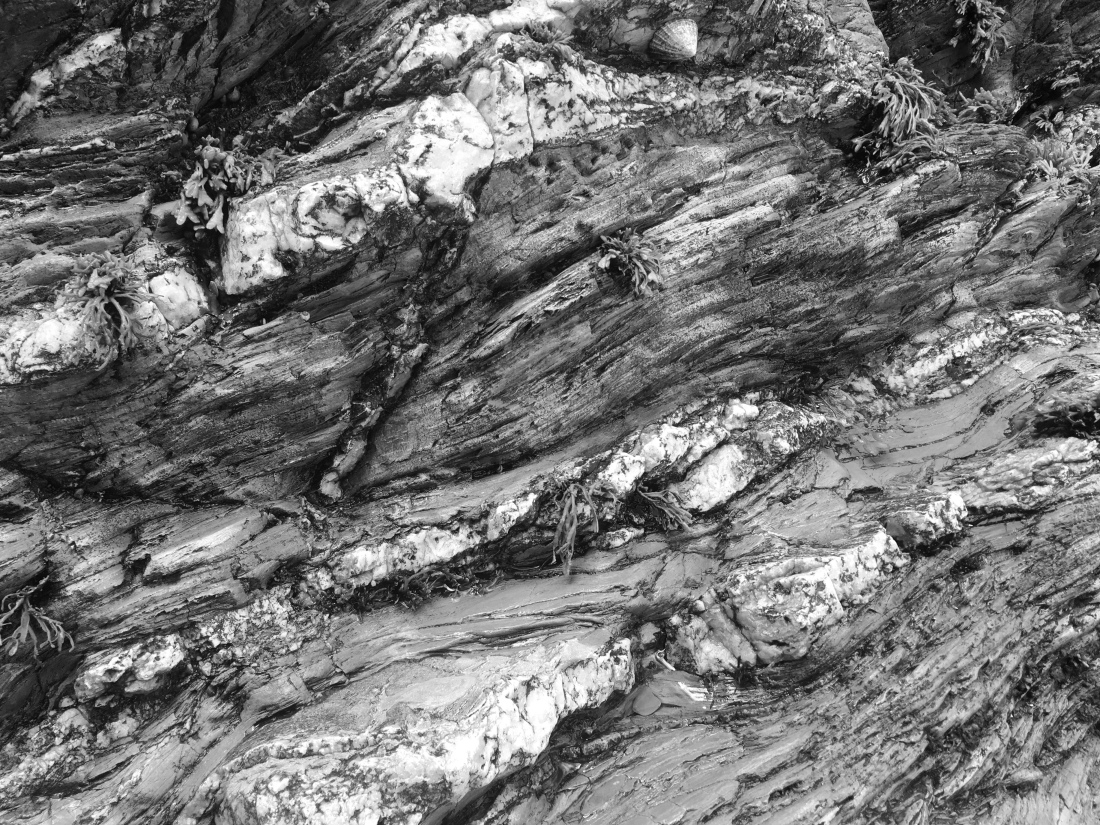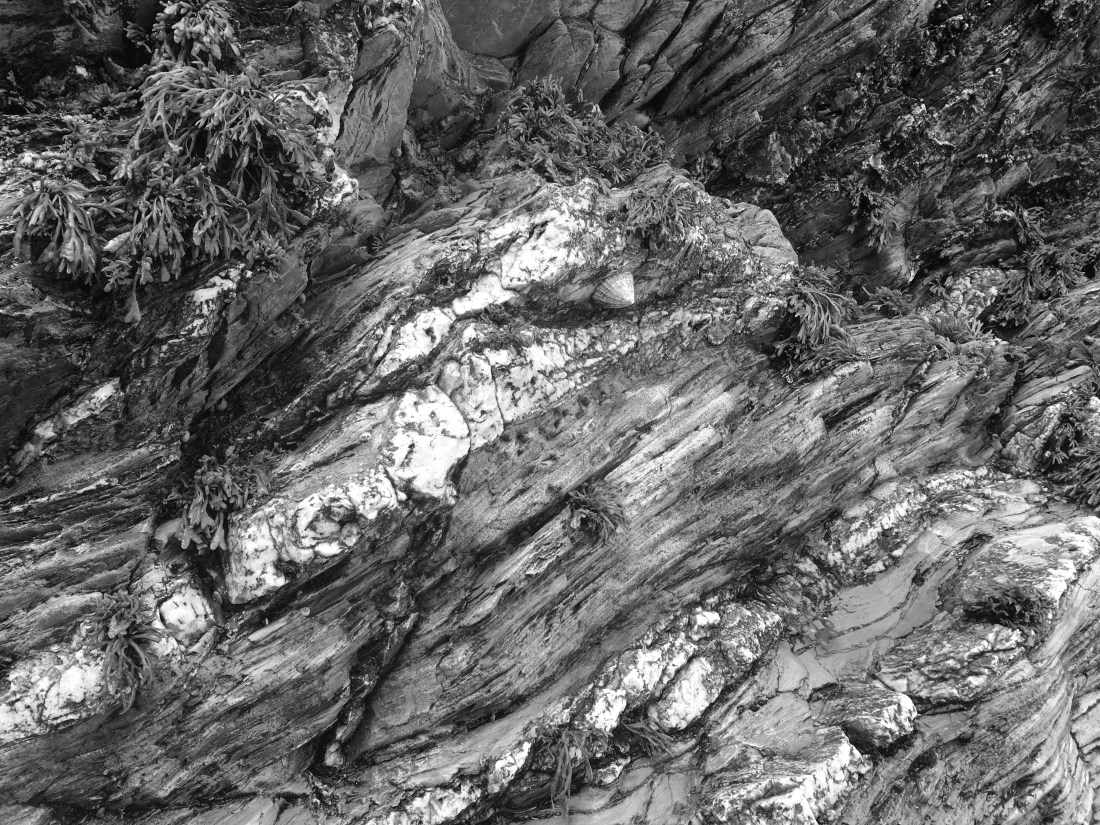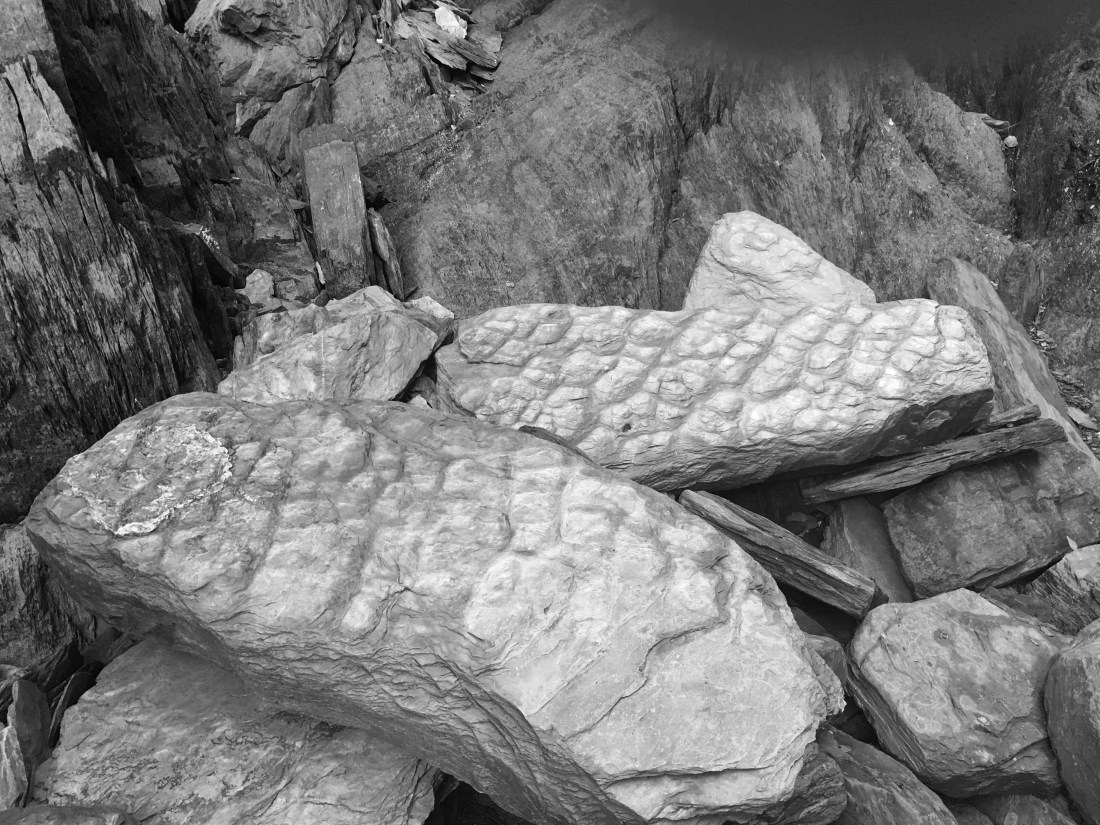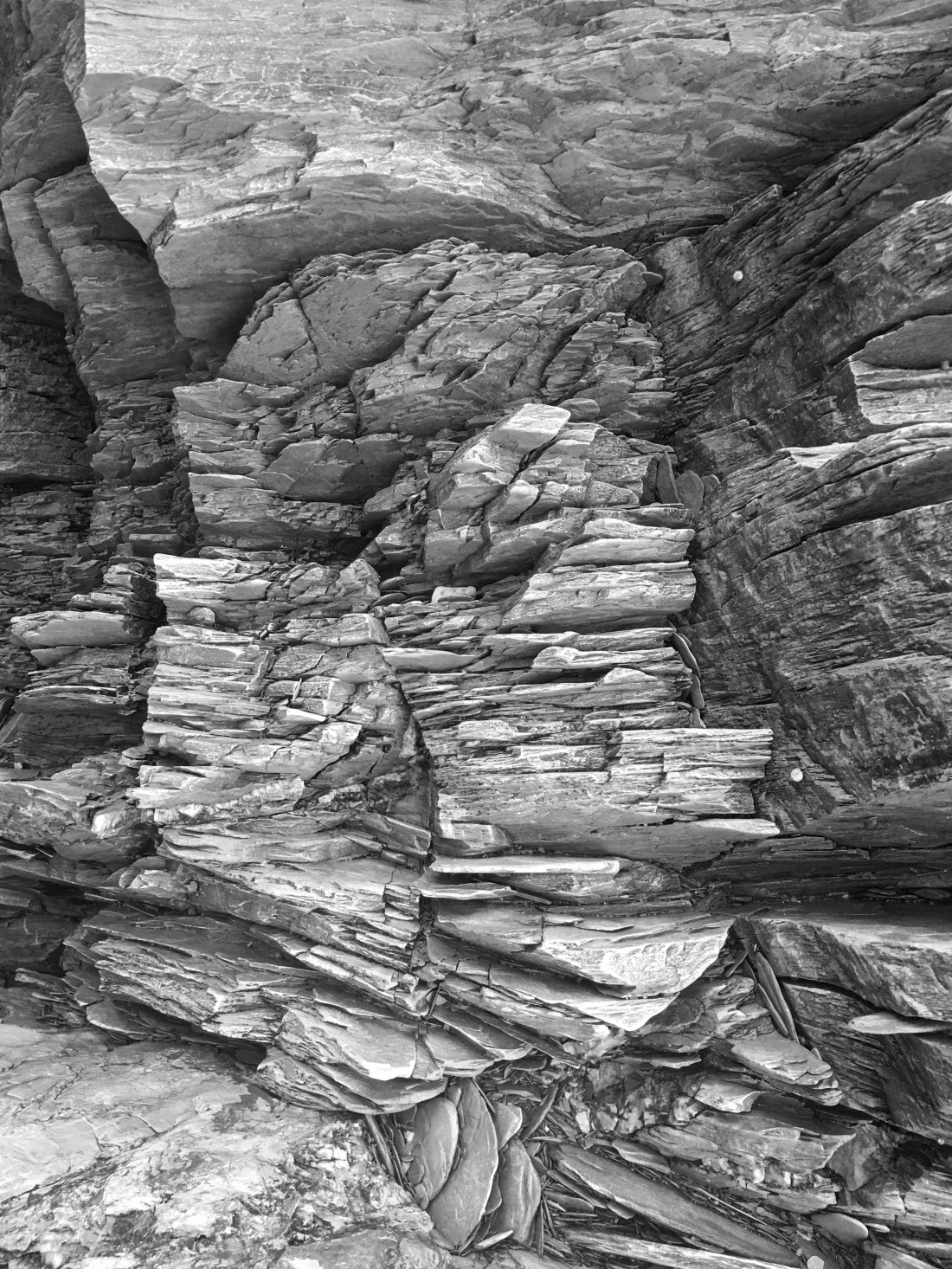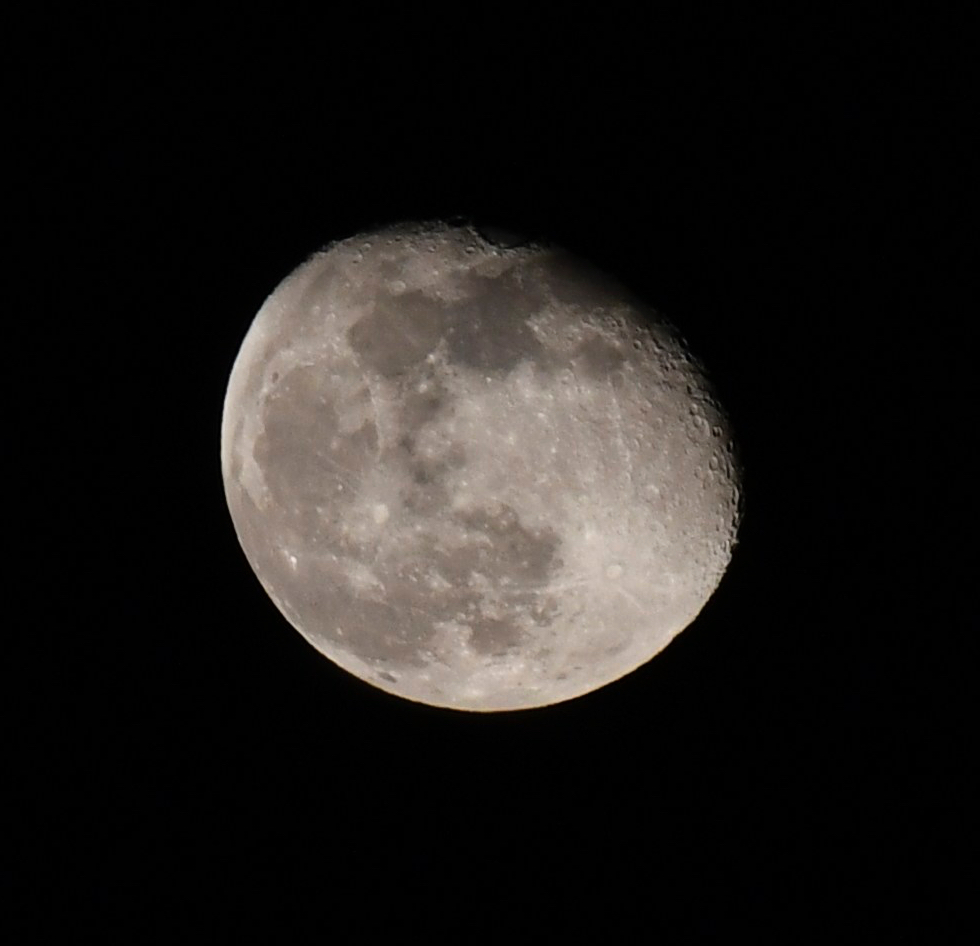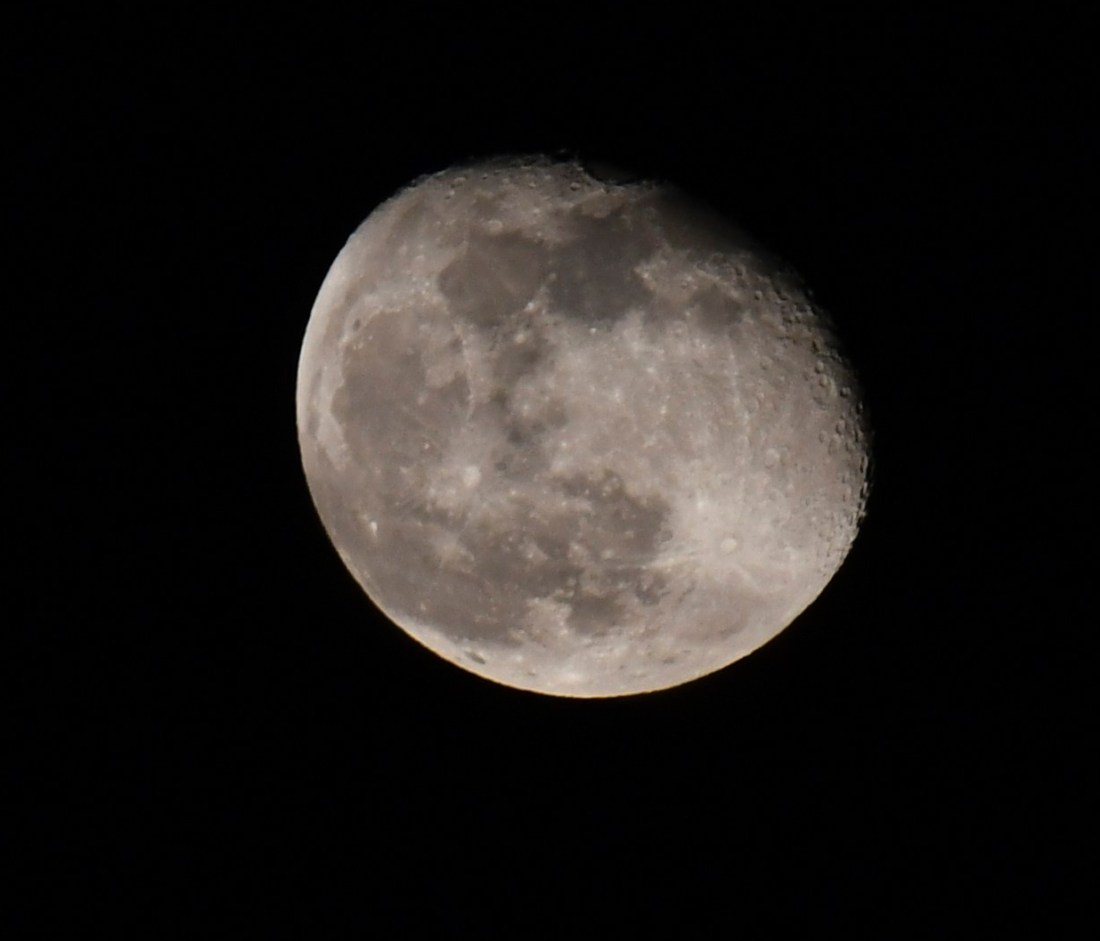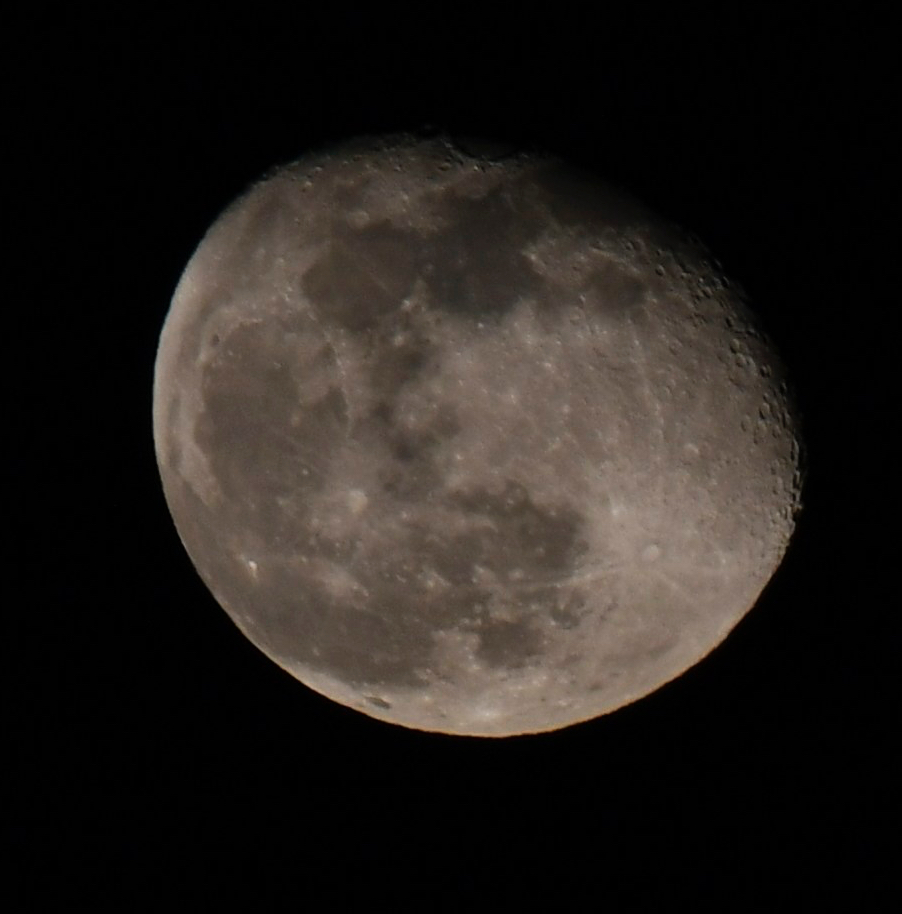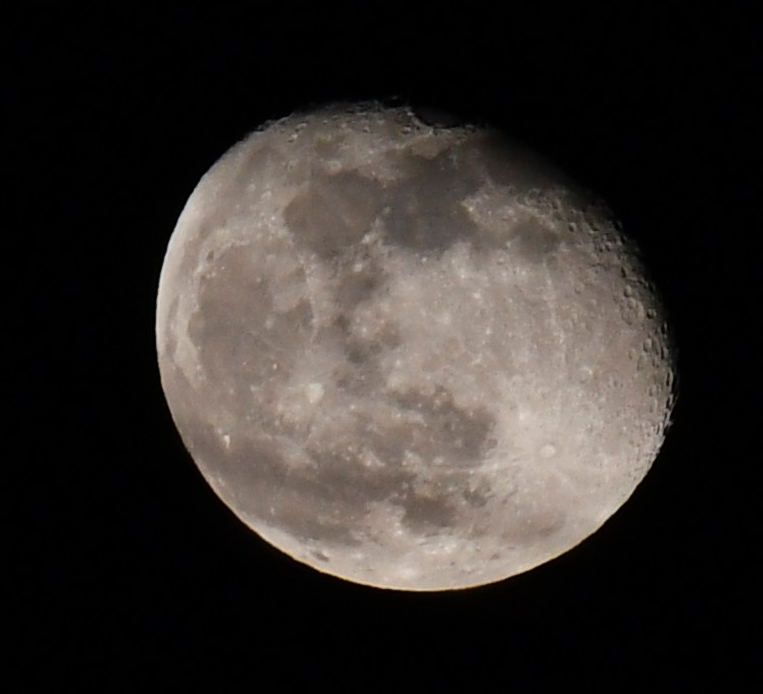M3, M4, D1, D3

Last week I visited Kingston Museum (whose building was funded by the Scottish American philanthropist Andrew Carnegie in 1904) and among the Roman artefacts and Anglo Saxon relics was the an amazing exhibition of the work of Muybridge.
Edward Muybridge, was born in Kingston Upon Thames in 1830, moving away to make a fortune in America in 1852, before returning in his retirement in the late 1880s. When he died in 1904 he bequeathed a significant part of his photographic equipment and work to Kingston Museum.
In San Francisco he begun to take photos of Yosemite and San Francisco Bay and sold them to the middle classes of the town. His collection of over 200 photos took several months to achieve and he travelled with all his equipment waiting for just the right lighting and conditions. His fame and fortune as a landscape photographer grew.

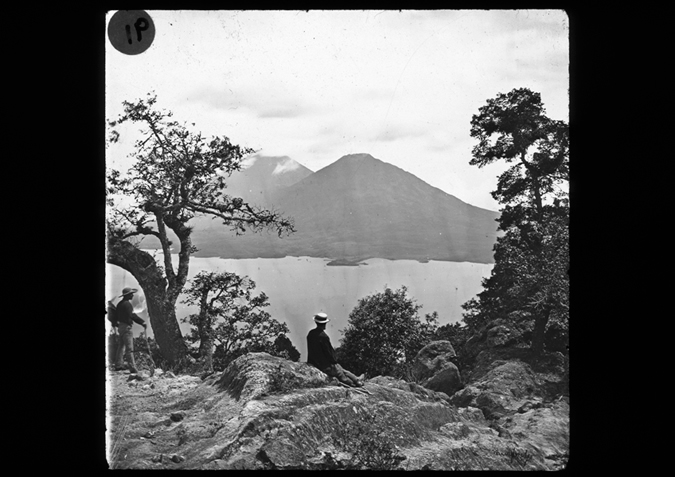
His fame brought him to the attention of a former governor Leland Stanford (and later founder of Stamford University) and he was commissioned to solve an old argument through photography – does a galloping horse have all four feet off the ground at any one stage in its stride?
At Stanford’s stud farm at Palo Alto between 1877 ad 1879 a camera shed was set up with 12 and later 24 camera each with shutters attached to threads. When the horse broke a thread as it passed in front of the camera, the shutter dropped and and instant exposure was taken.
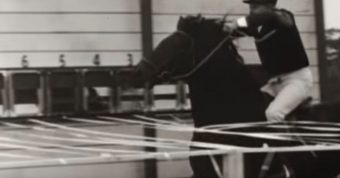

Between 1884 and 1887 he worked at the University of Pennsylvania and created a huge series of photographs called Animal Locomotion. This included running men, horses, animals and birds.


Zoopraxiscope
He created the Zoopraxiscope which was essentially al projector or ‘spinning picture disk.
He would take photographs in sequence – for example the horses breaking the threads as they galloped past the shed.
The prints were then slightly curved/folded over and rephotographed to gain the curvature required.


They were then put under the clear glass disc and an artistic would effectively trace the photo onto the glass disc so there were a series of images shown and the same intervals around the disc.
The disc was then turned on the zoopraxiscope and the movement projected through the lantern.
67 of the 71 known surviving discs are in Kingston Museum with early examples in the Smithsonian collection.
His innovation was only surpassed by the advent of the moving image.
